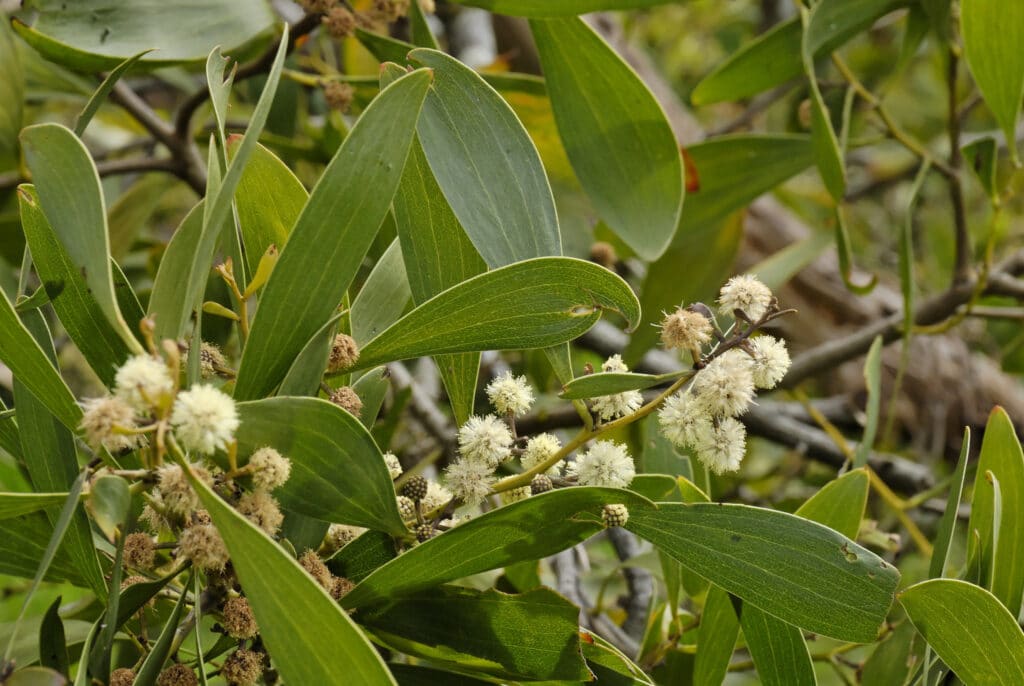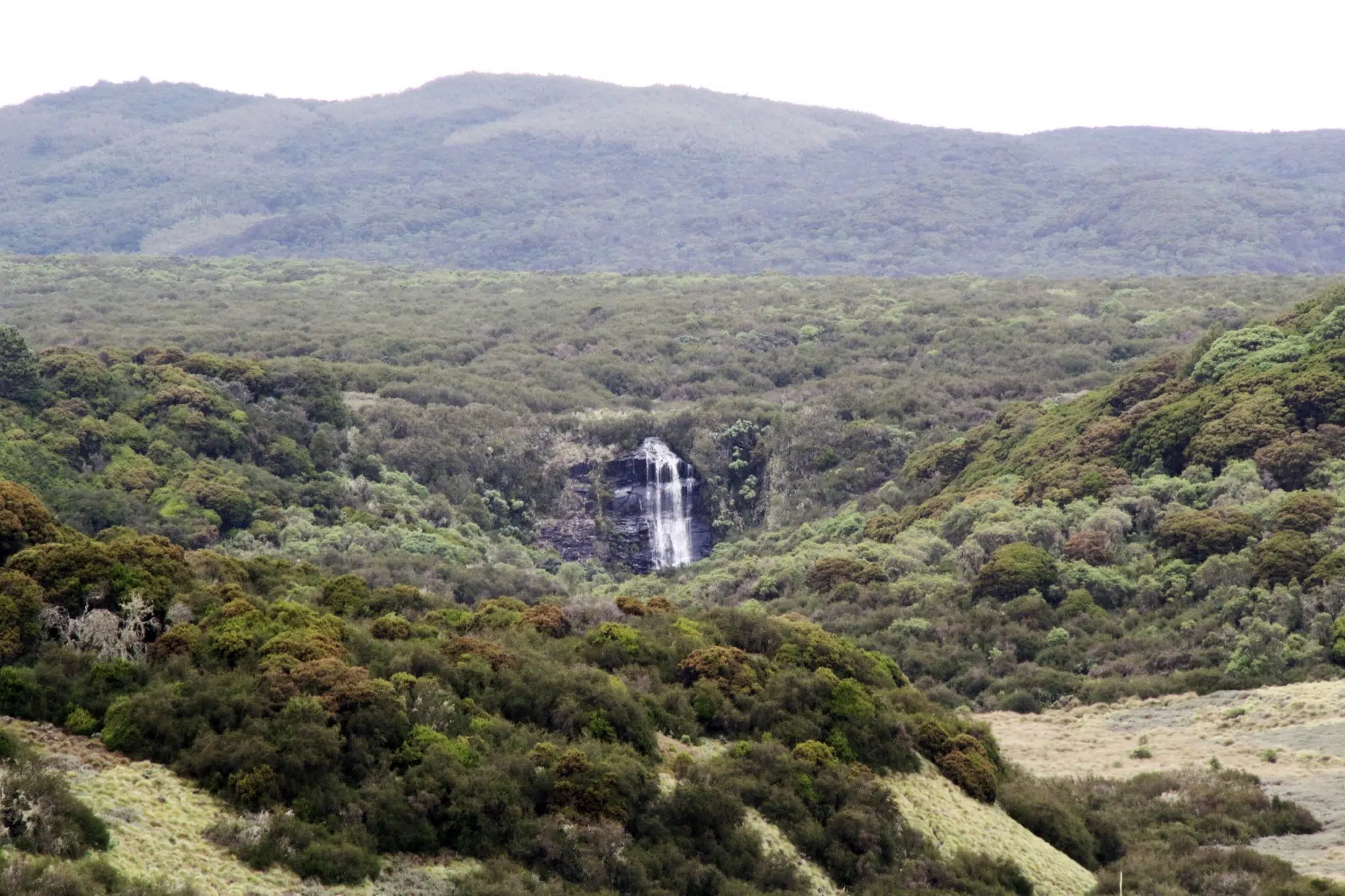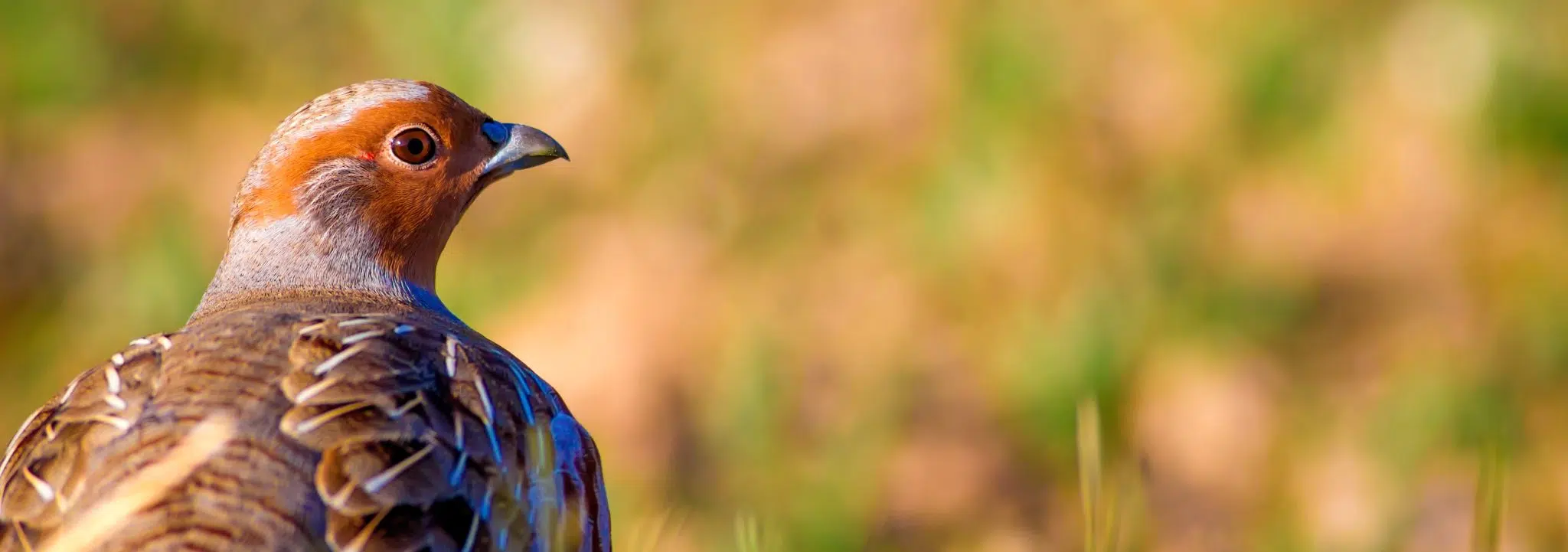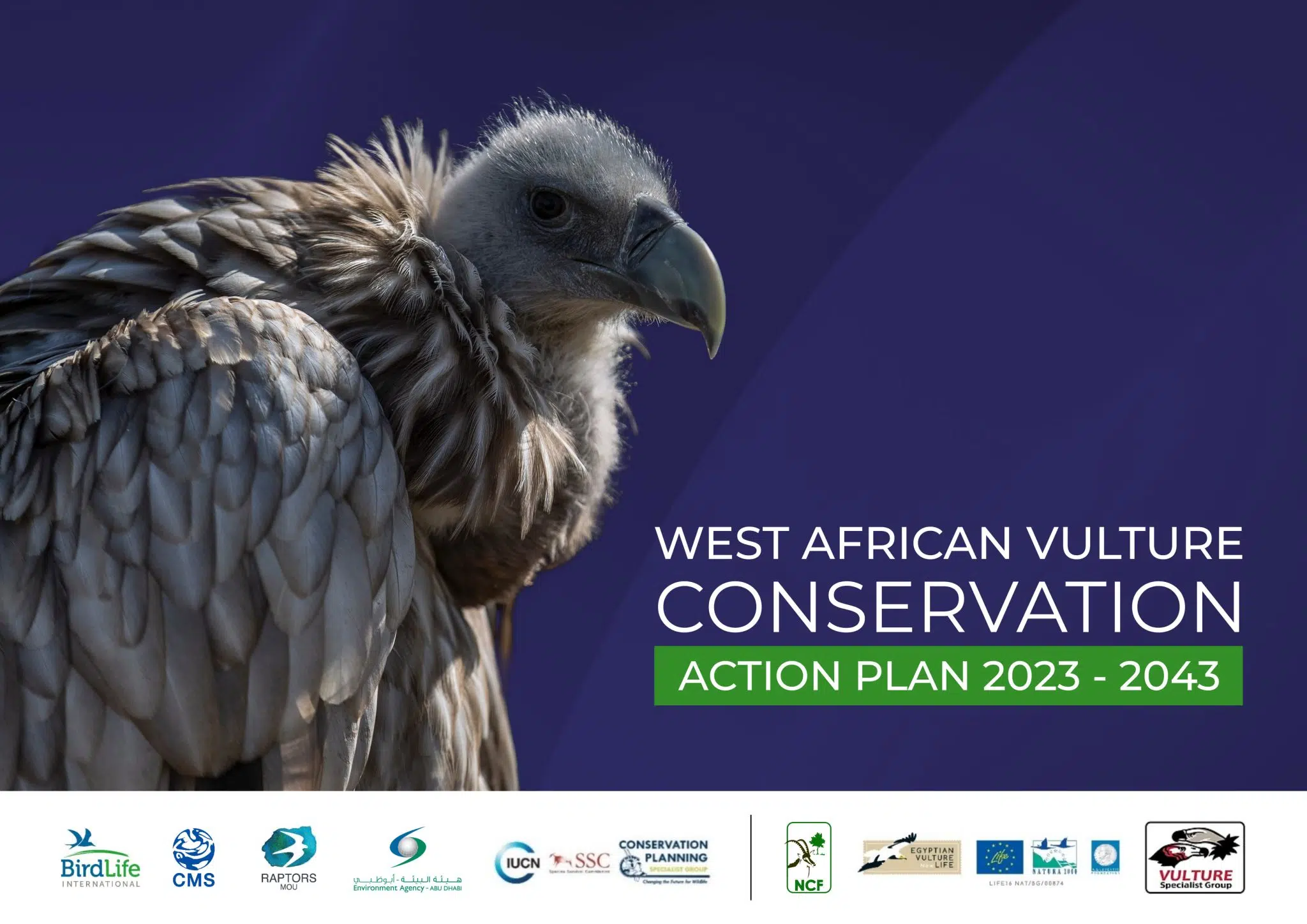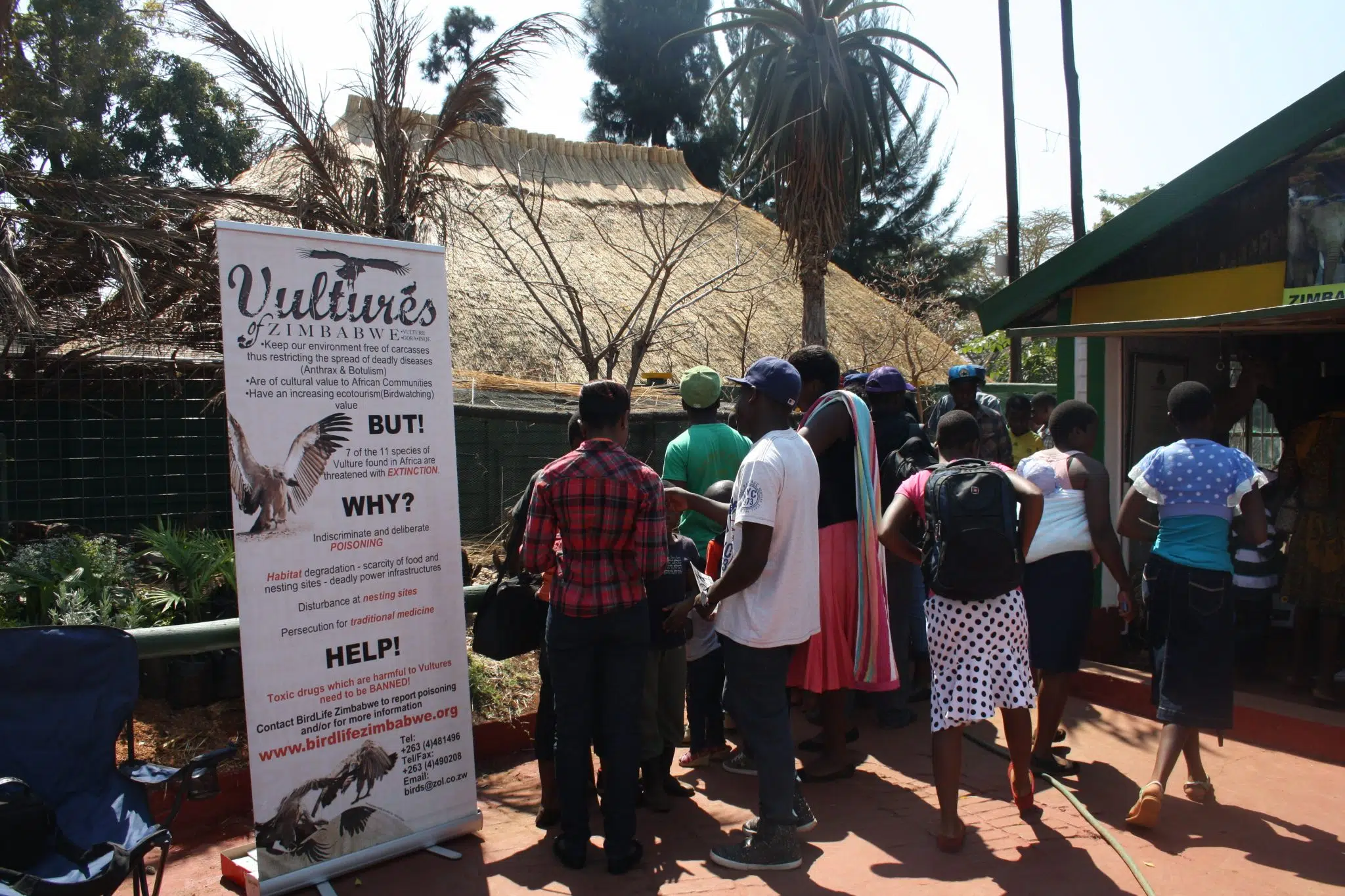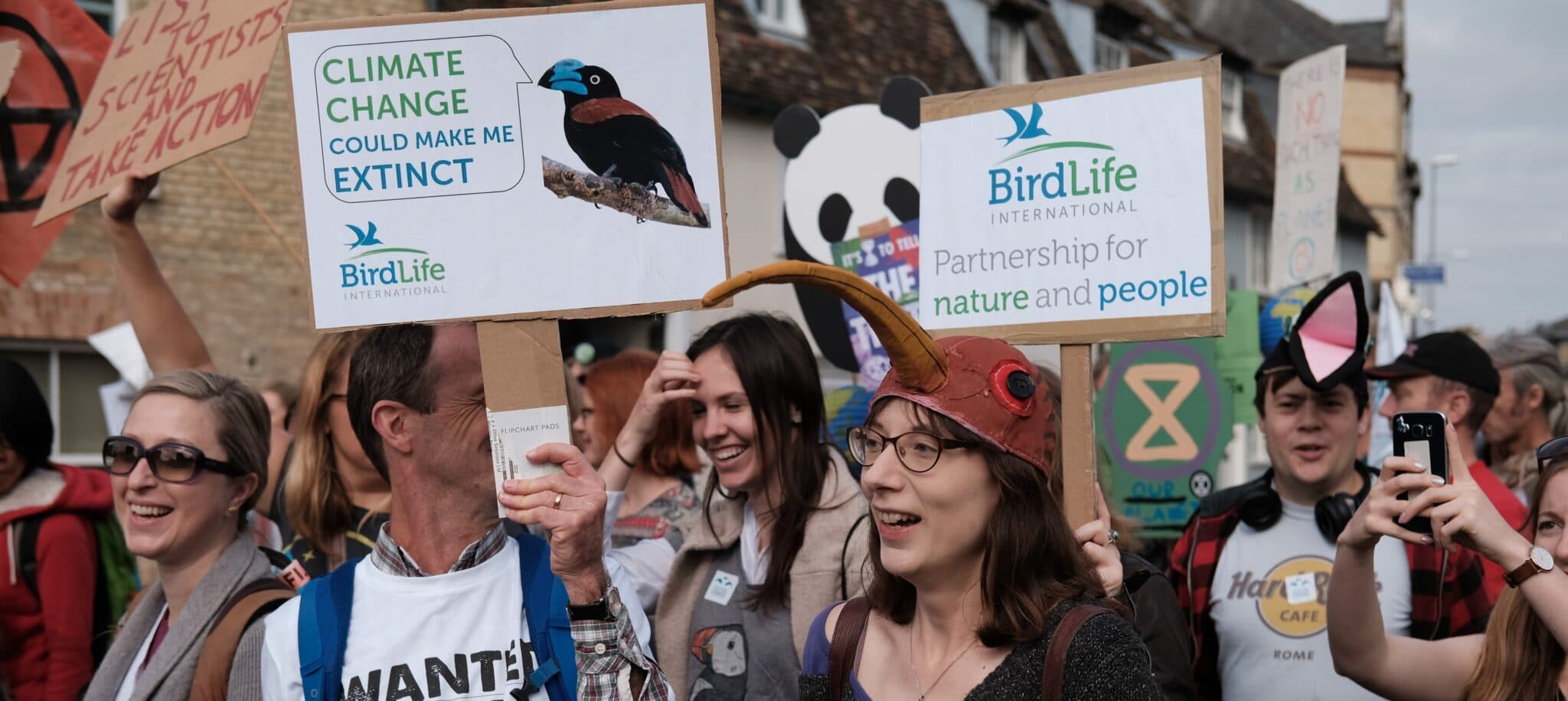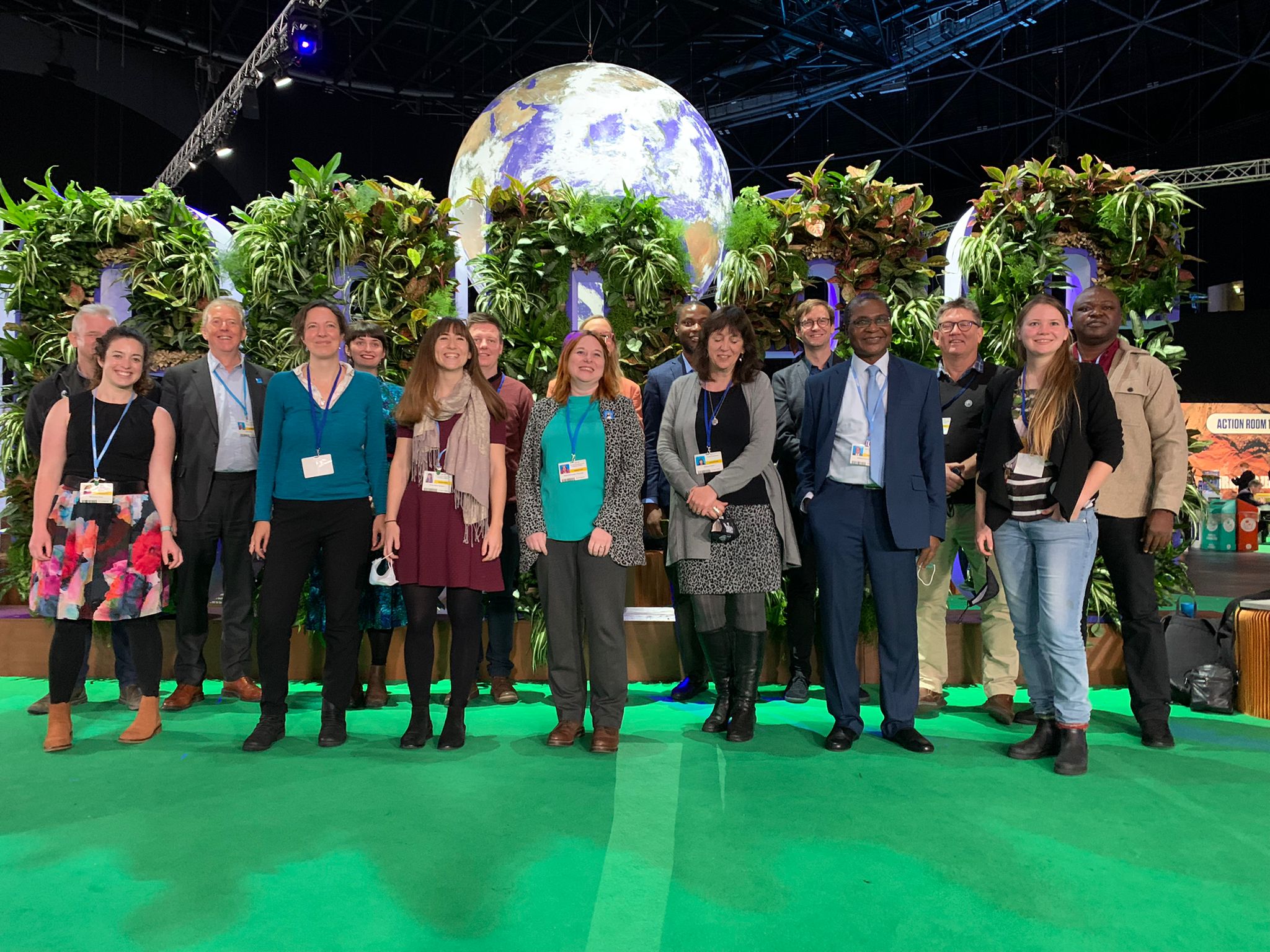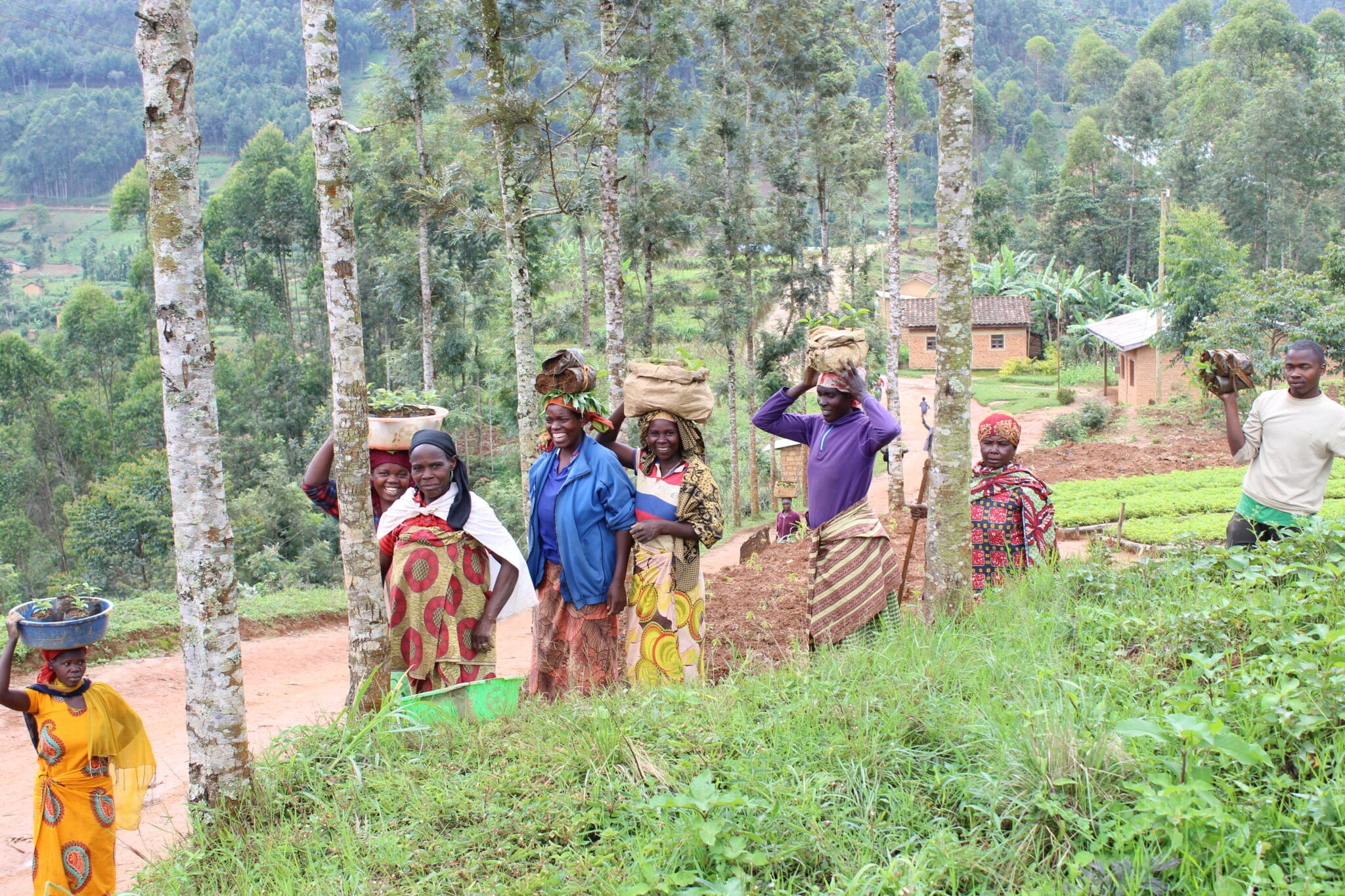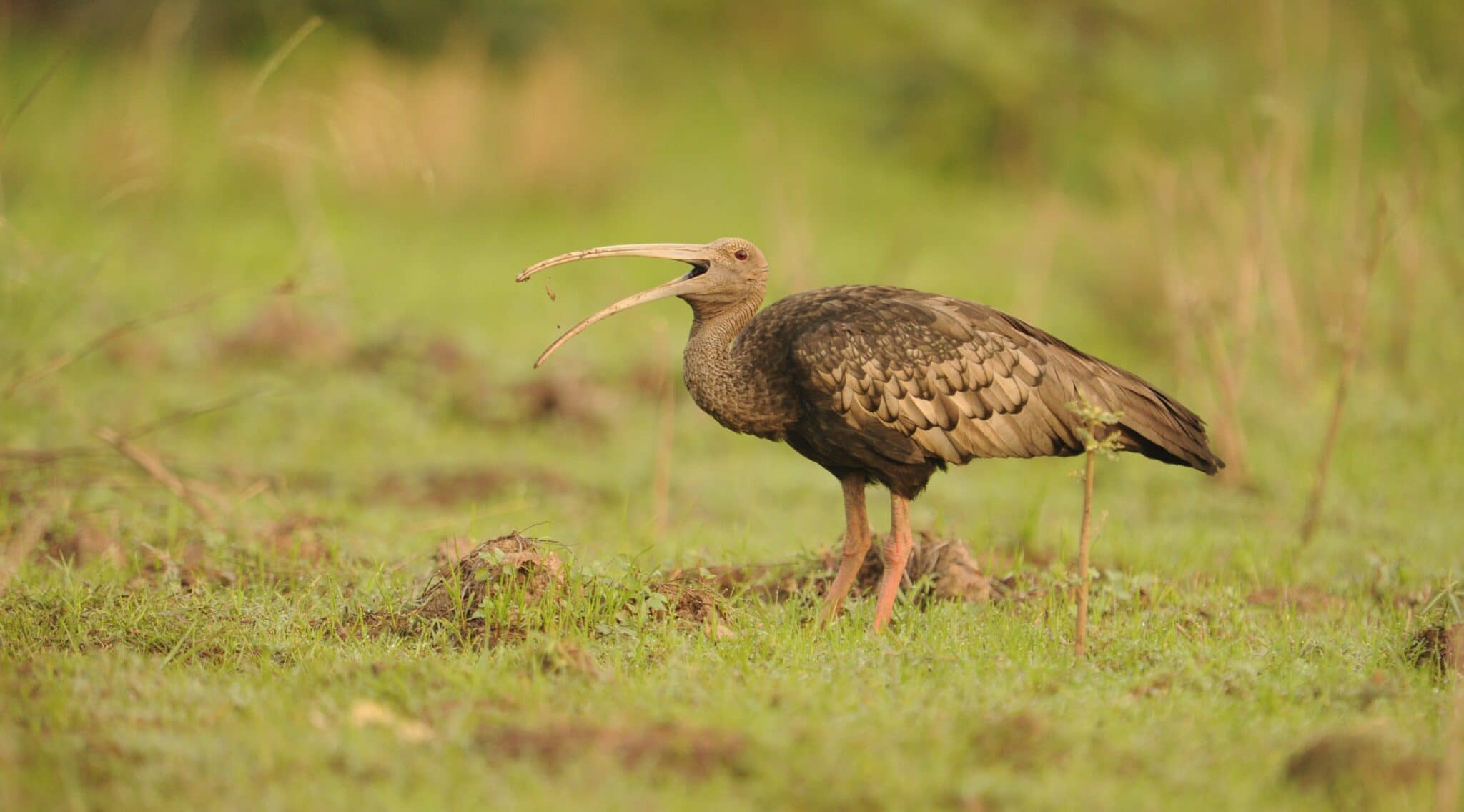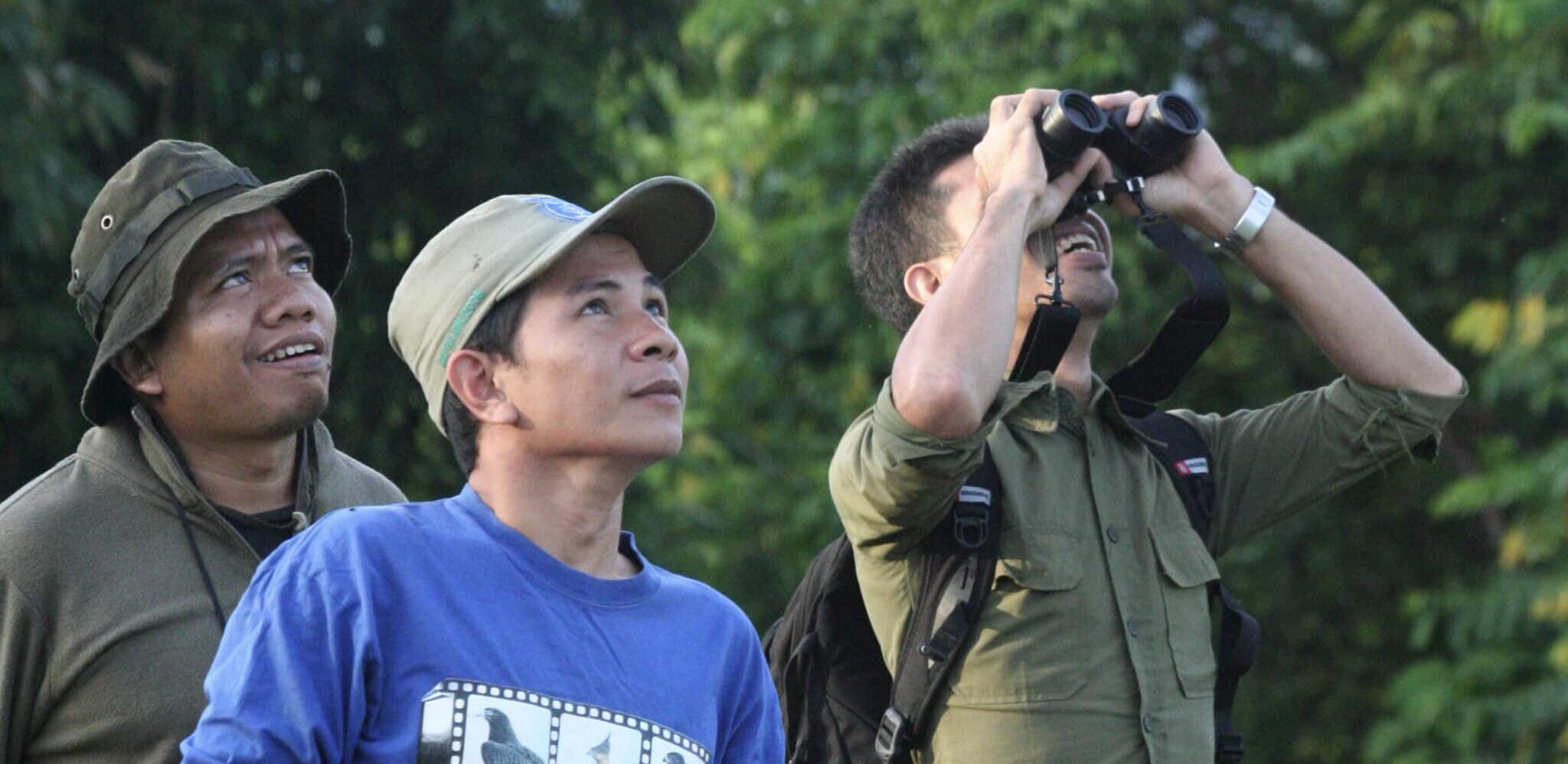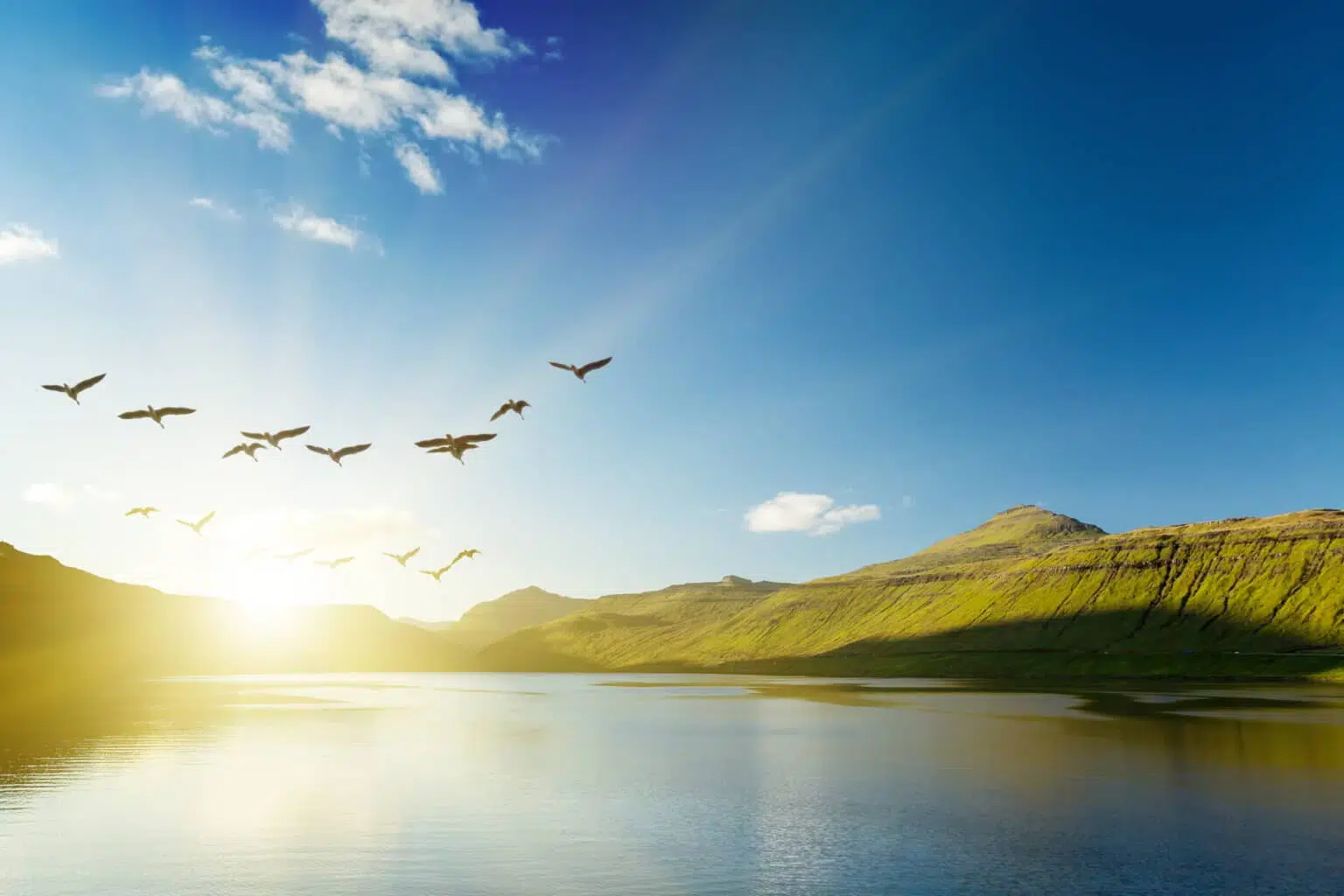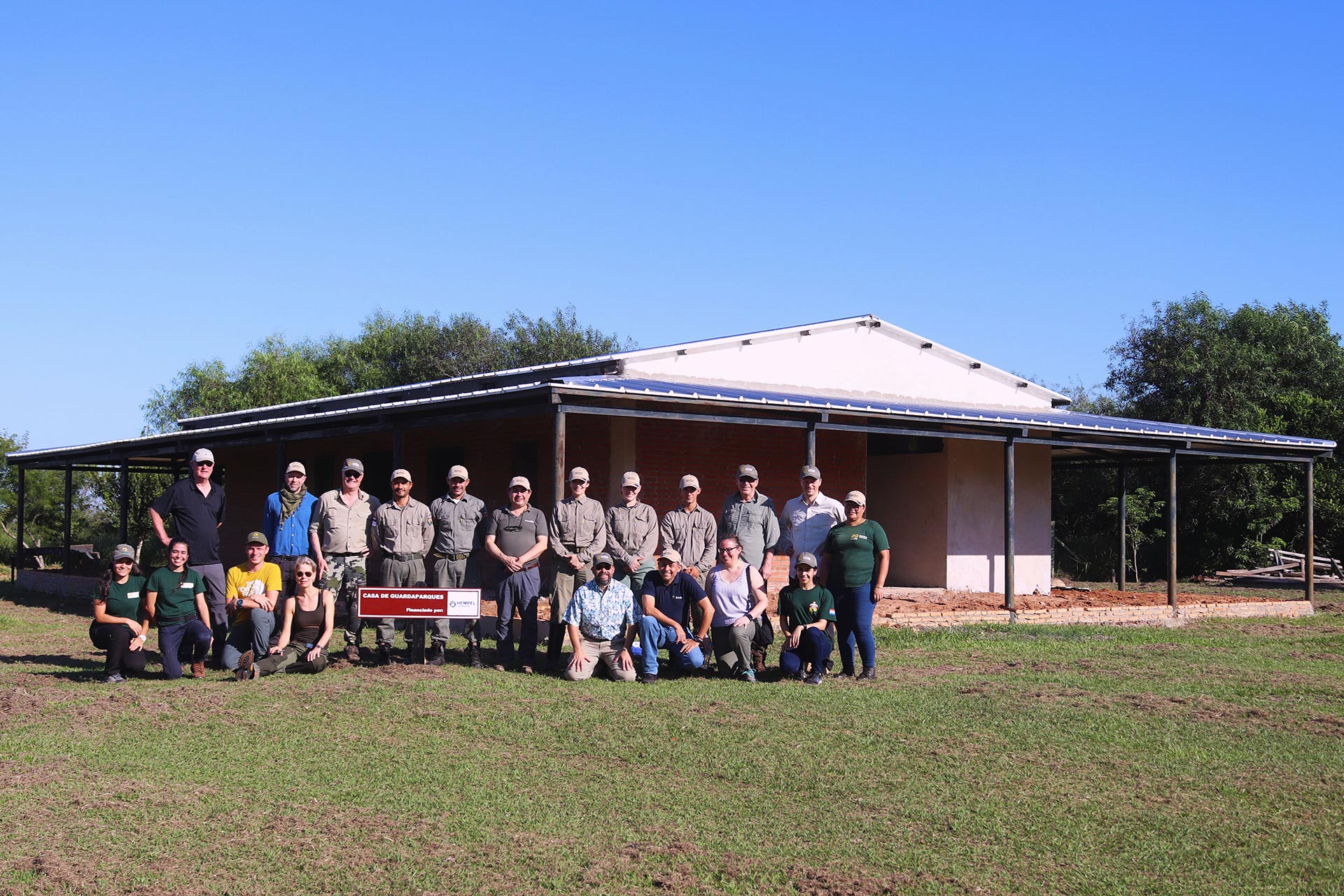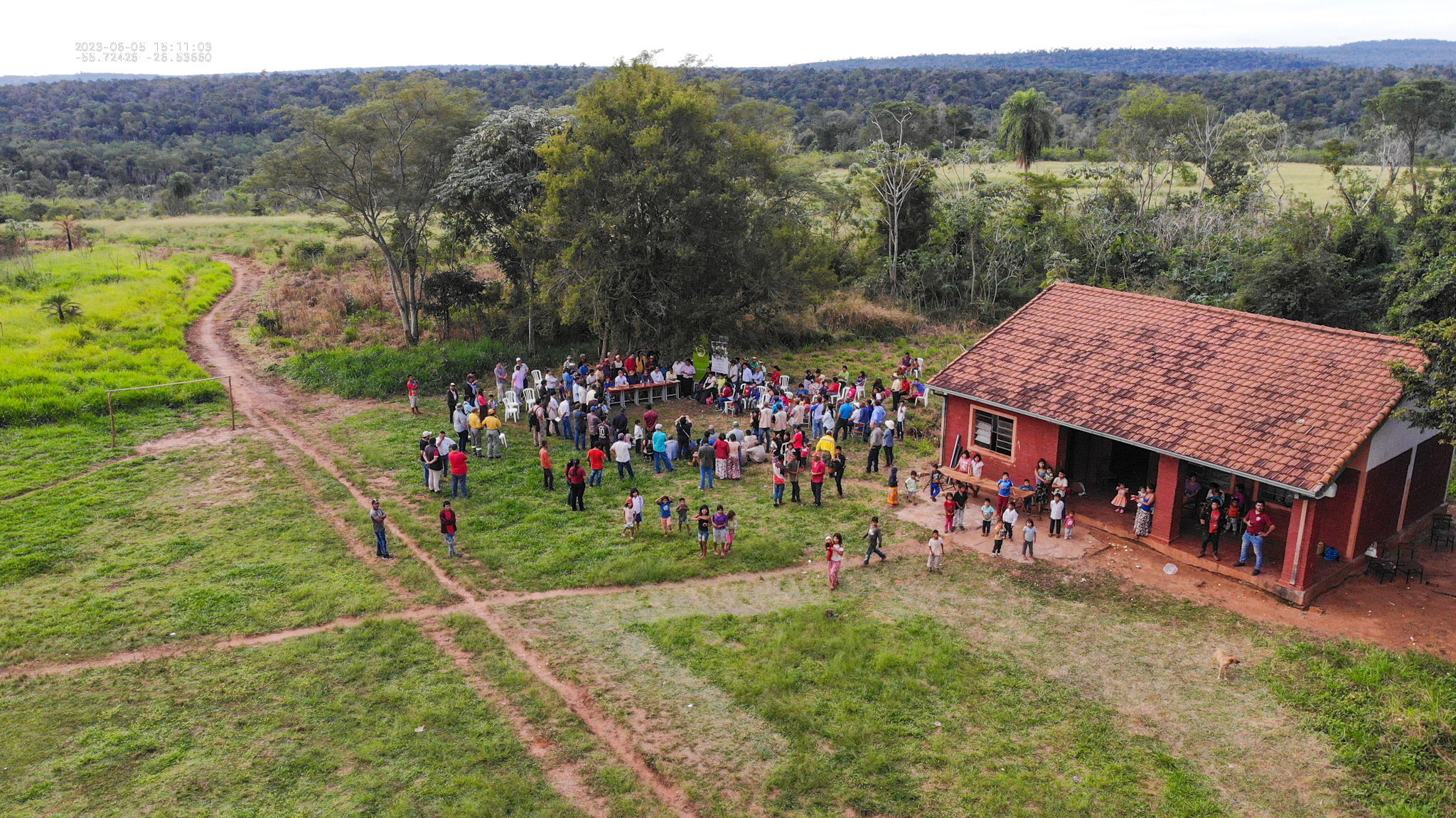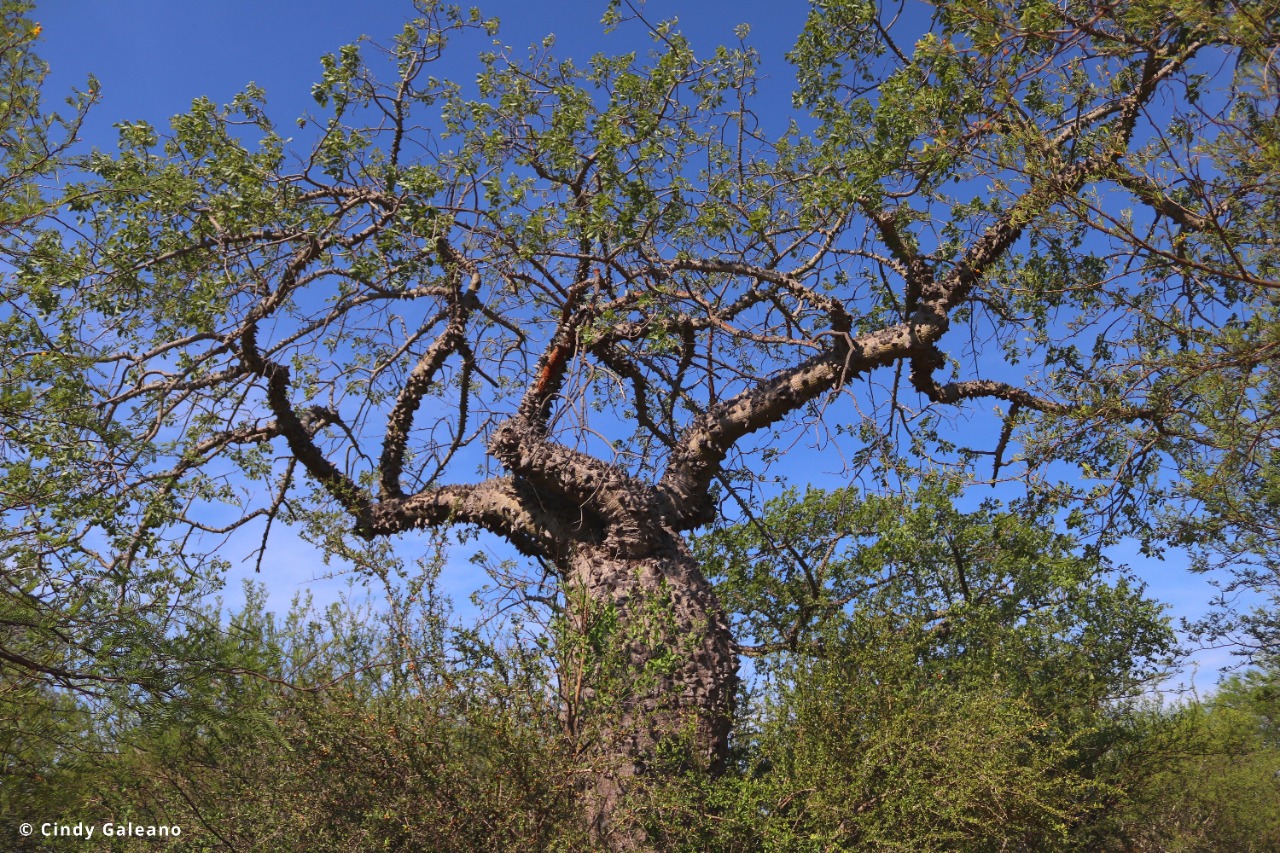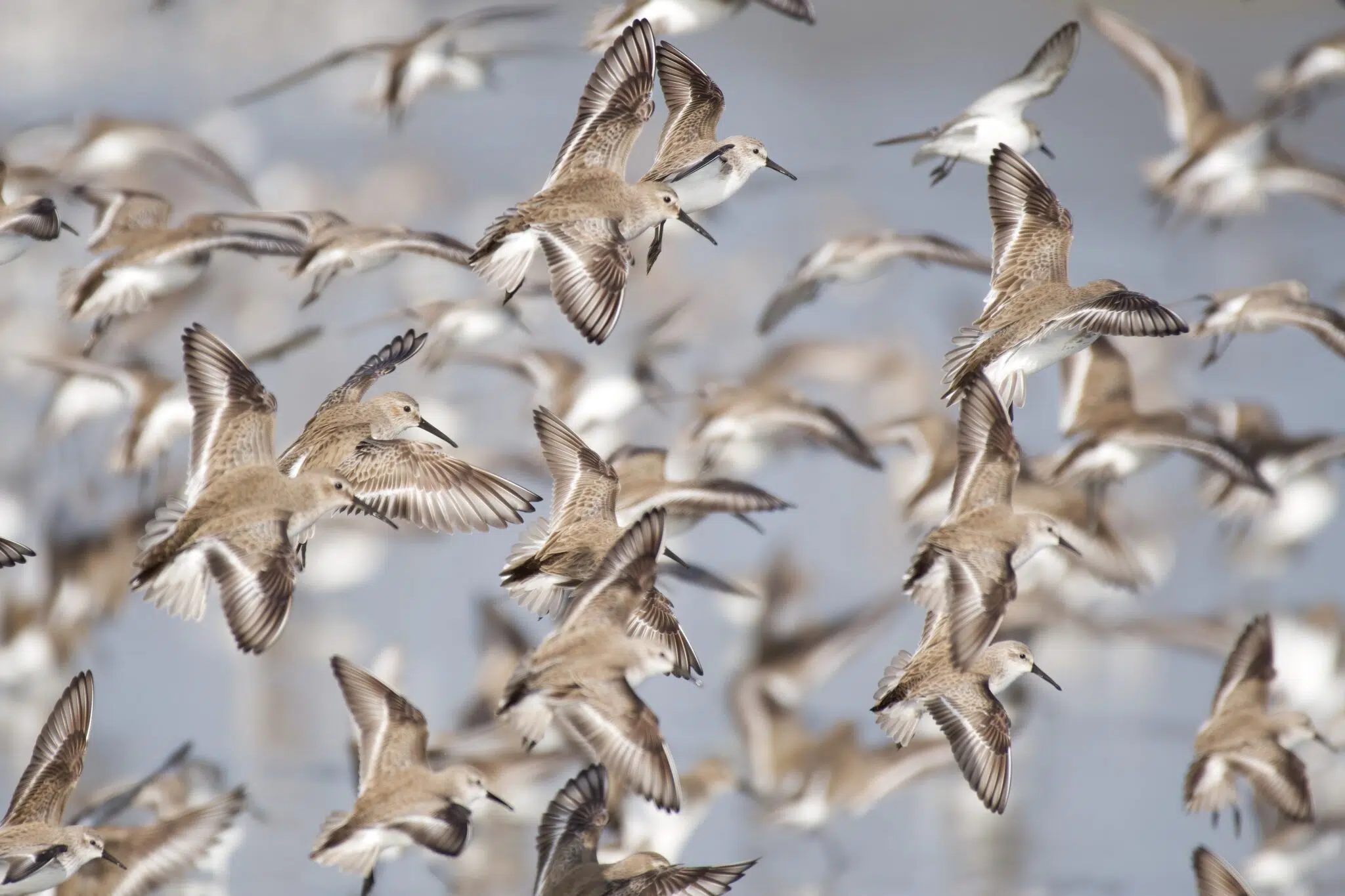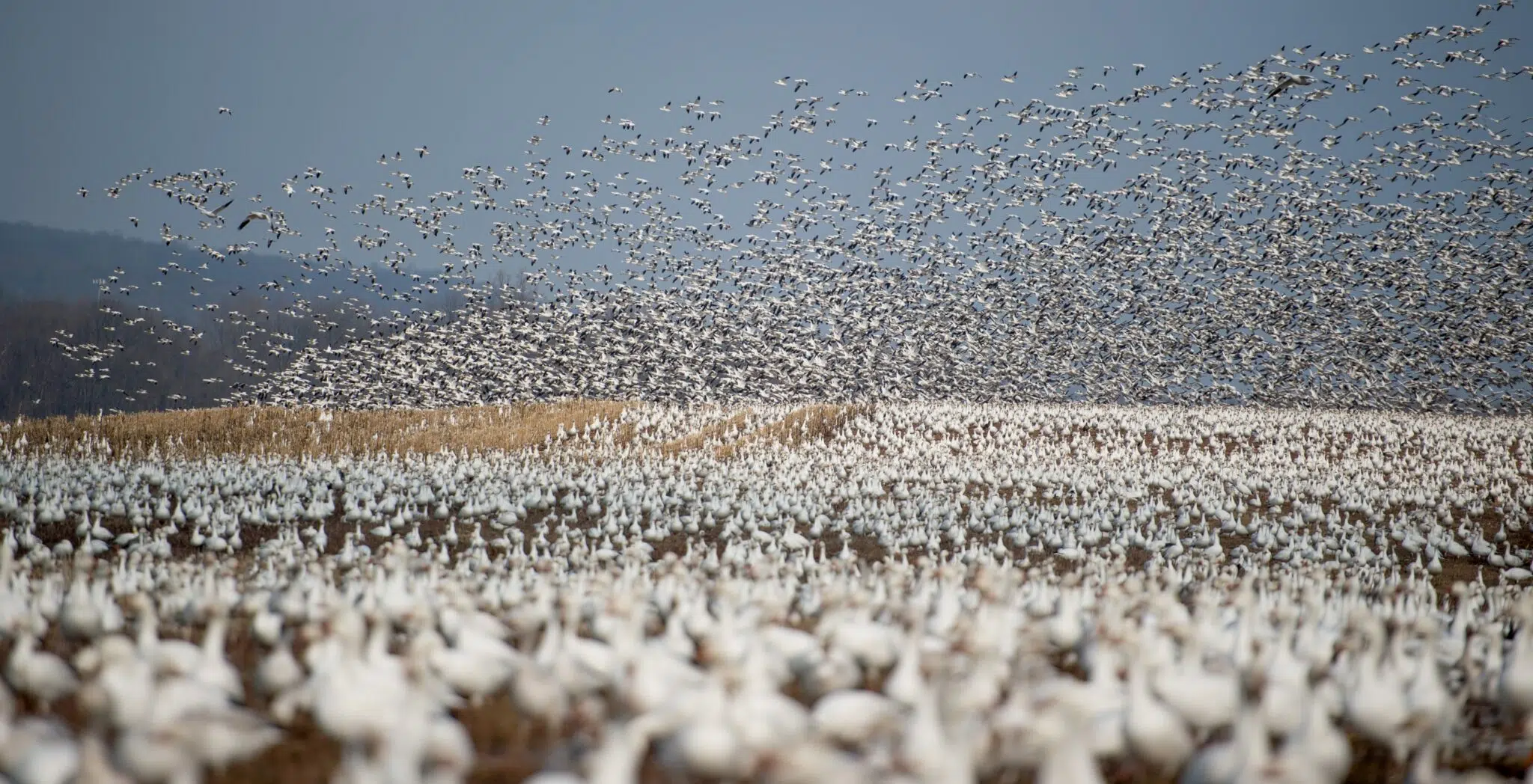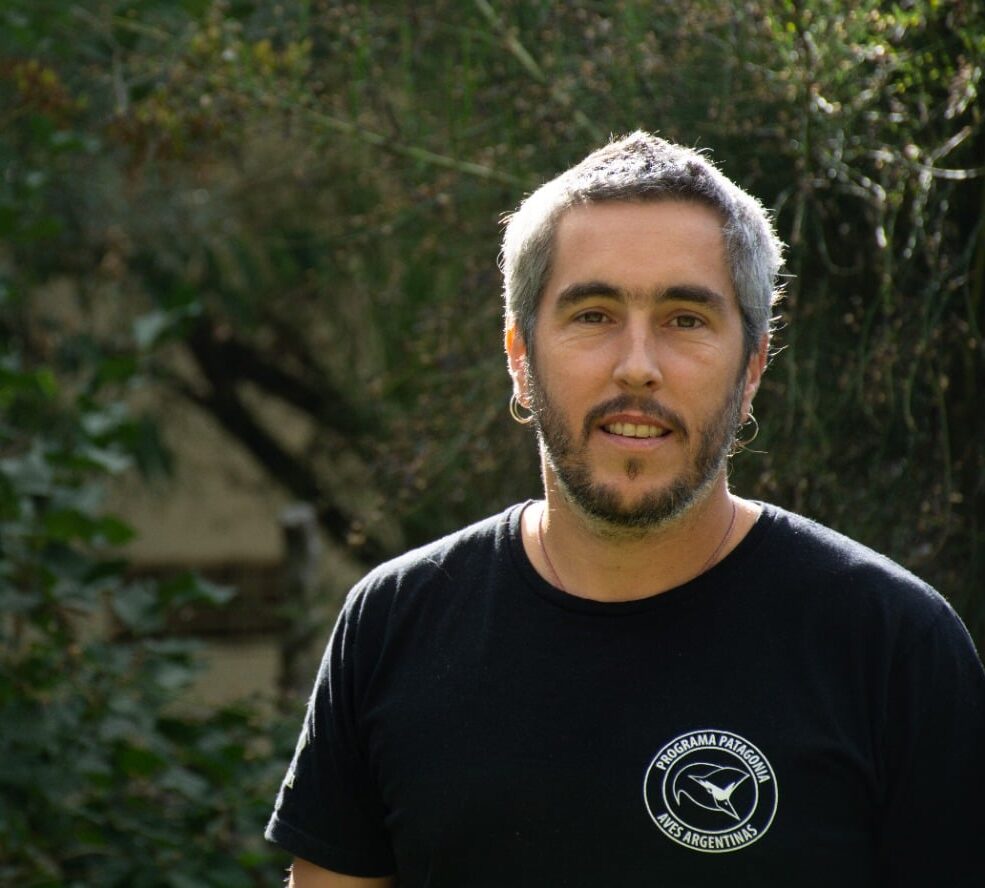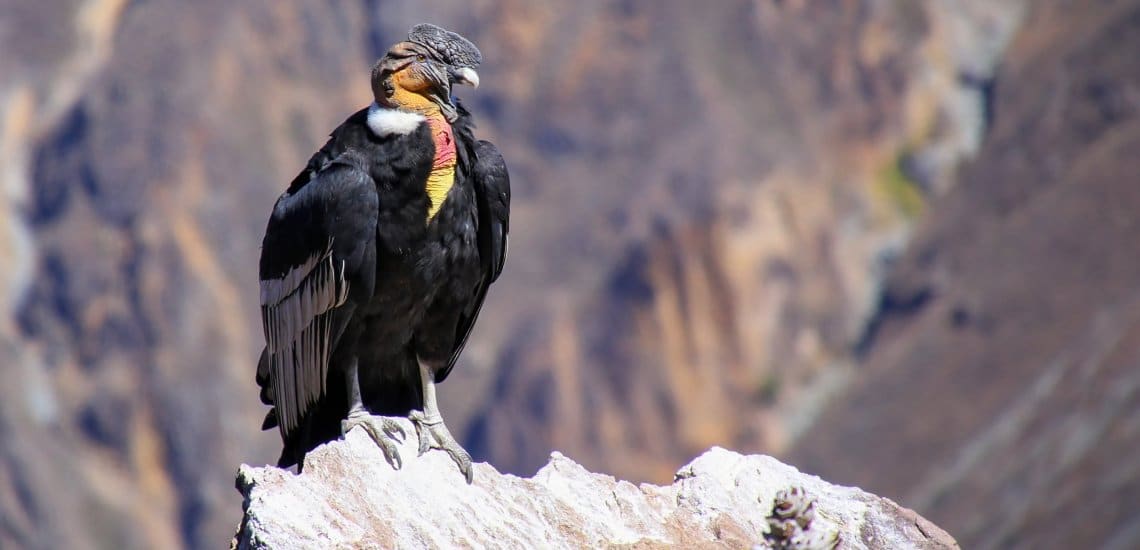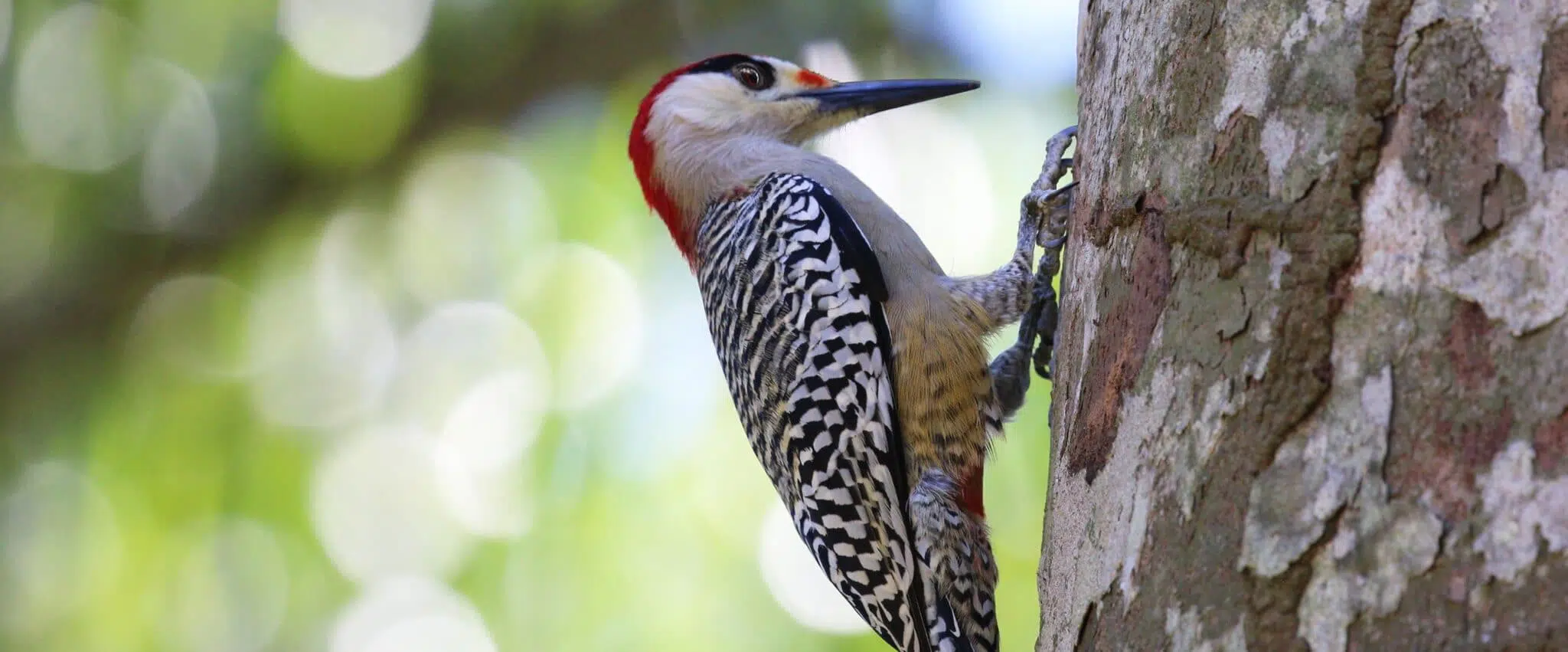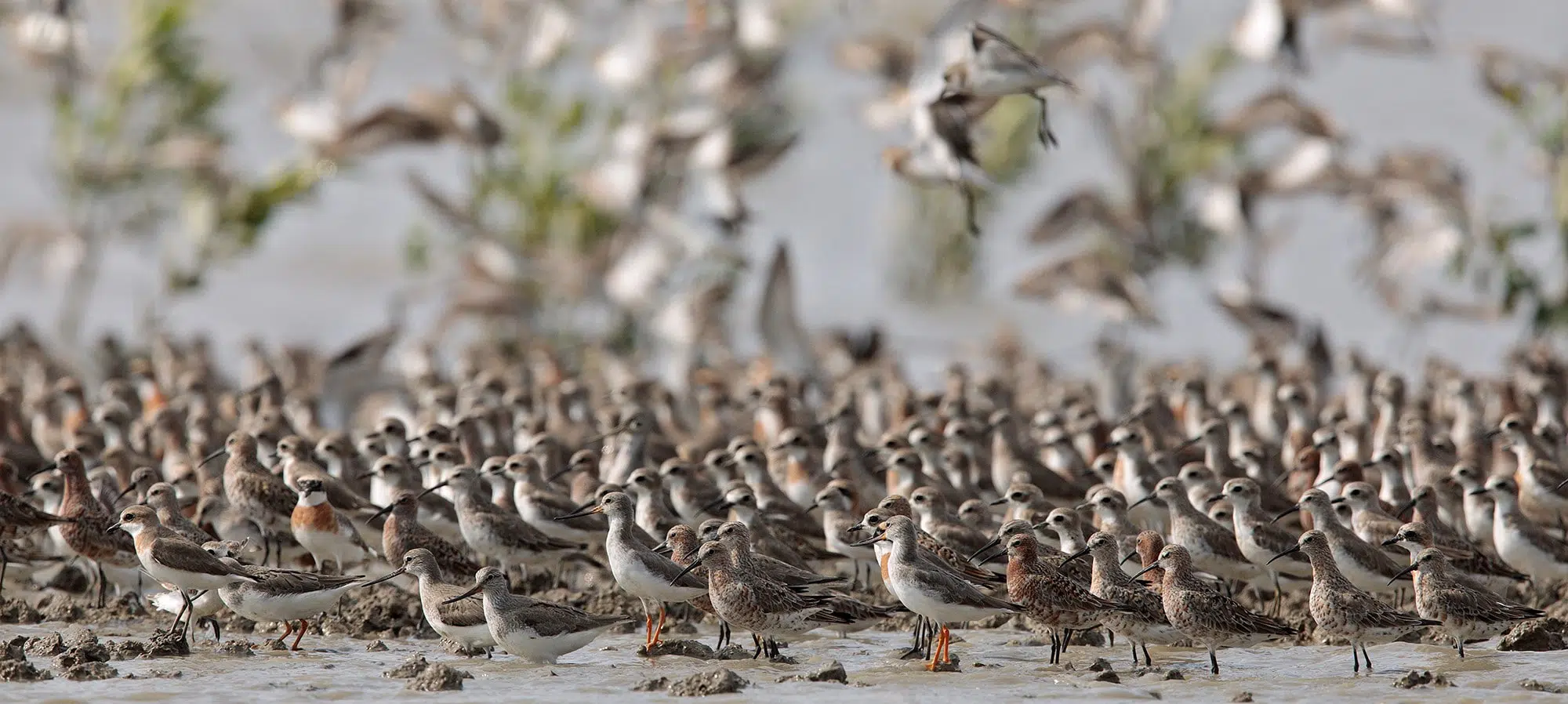Luego del éxito de la primera convocatoria lanzada en noviembre de 2021, el secretariado de BirdLife en las Américas abre la segunda edición para seleccionar a las mejores propuestas de conservación e investigación de pastizales naturales y sus aves en la región.
En 2021, trabajamos en Colombia en el empoderamiento de una comunidad de mujeres en las sabanas inundables para aprovechar de manera sostenible su entorno y biodiversidad en la gastronomía.
En Paraguay, investigamos la dinámica de carbono en pastizales naturales y establecimientos ganaderos para identificar buenas prácticas de manejo pastoril.
En la Pampa brasileña, desarrollamos una máquina recolectora de semillas para optimizar la restauración ecológica de estos campos.
En la provincia de Corrientes, Argentina, utilizamos tecnología avanzada para monitorear las buenas prácticas de manejo de pastizales y su relación con la conservación de aves amenazadas. También implementamos un programa de conservación a largo plazo para la Loica Pampeana. Por último, evaluamos el manejo y la recuperación de pastizales serranos invadidos por Acacia negra en la región Pampas de Argentina, utilizando aves y stocks de carbono como indicadores de cambio.
Buscamos más propuestas innovadoras y relevantes como estas.
¡Presenta tu proyecto! Para participar, revisa las bases y condiciones (español / inglés) y envía tu aplicación hasta el 30 de junio.
¡Más de 600 especies de aves endémicas y miles de aves migratorias dependen de nosotros!
*Los proyectos deben ser presentados usando este formato (Español/ Inglés)
*Aquellas propuestas que participen por primera vez recibirán hasta $6000. Las propuestas que participaron en la primera convocatoria y buscan continuidad recibirán hasta $12000.
*Al momento de contactar a los socios nacionales de BirdLife, se debe presentar un resumen ejecutivo que contenga: objetivos, línea prioritaria, especies y sitios focales.
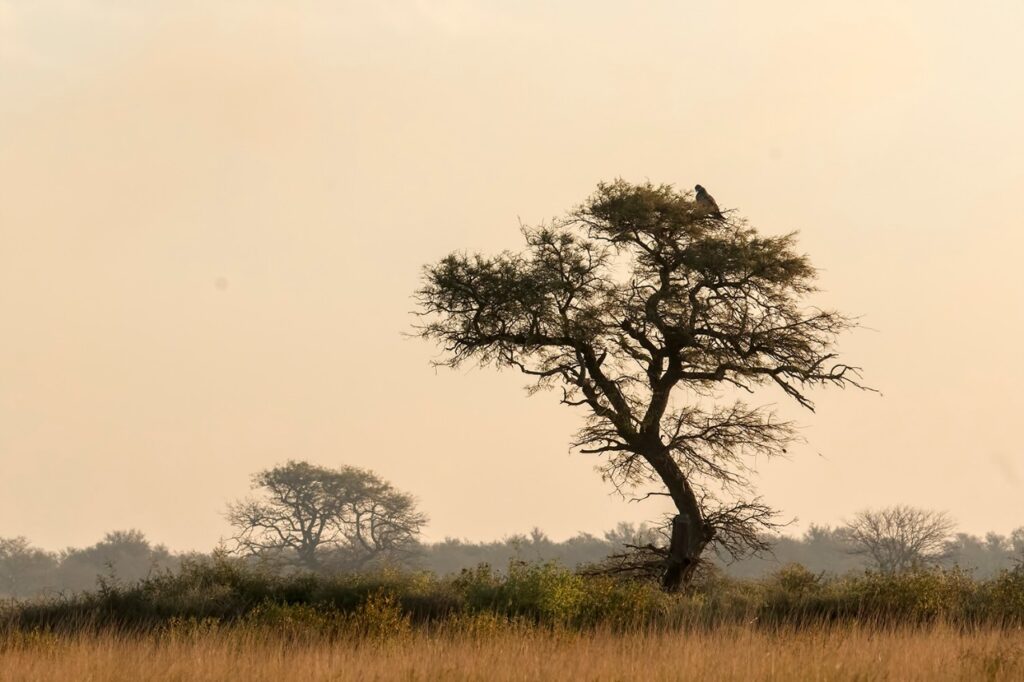
El Programa de Pequeñas Donaciones para la Conservación de Pastizales Naturales es una iniciativa liderada por BirdLife Américas que otorga fondos semilla para impulsar proyectos de conservación e investigación de pastizales naturales y sus aves en la región.
Conservation organisations play a critical role in advocating for the interests of local communities and in securing sustainable livelihoods. Despite this, local organisations in Africa often face challenges in securing long-term funding, and in building the skills and knowledge of their staff. This can limit their influence on political decision-makers, both at a national and regional level.
In order to strengthen Non-Governmental Organisations (NGOs) and the BirdLife Partnership network in Africa, we are part of the project AfriEvolve: Capacity Development for Green NGOs in Africa. This initiative enables six African BirdLife Partners (or candidate Partners) to improve their knowledge and expertise in civil society cooperation and climate adaptation in smallholder agriculture. AfriEvolve has a three-fold objective: to increase organisations’ capacities through mutual learning, to improve regional and trans-boundary collaboration along with inter-regional networking, and to enhance Partners’ expertise in Climate Smart Agriculture, directly benefiting local farmers in six countries.
The Partners are formed into a West African and East African regional cluster. Clusters are conceived as regional southern-driven cooperation platform facilitating peer-to-peer or mentoring exchanges of knowledge, skills and resources in order to emulate capacity-building and political empowerment among its members. The six partner NGOs are also introducing Climate Smart Agriculture at six selected sites. Each of the project areas is located in significant regions for the country’s biodiversity.
Yala is Kenya’s largest freshwater wetland, measuring 20,756 hectares, and is classed as a Key Biodiversity Area. The papyrus swamps are home to rare Blue-breasted Bee-eater Merops variegatus and Papyrus Gonolek Laniarius mufumbiri, among others.
On top to the marshlands at the North-eastern end of the Lake Victoria, two mountainous regions in East Africa have been selected as project areas. The Echuya Forest Reserve is a highland forest landscape at an altitude of 2,570 metres in the heart of the biodiversity-rich Albertine Rift in western Uganda. The Albertine Rift is known for its variety of endemic animal and plant species that inhabit the remaining primeval forests.
In North-east Tanzania, the Usambara Mountains are located not far from the Indian Ocean coast and the border with Kenya, in the Tanga region. The mountains are partly covered with remnants of very old (more than 30 million years) forests and are of outstanding importance for nature conservation.
by Samuel Fournet
Above: beekeeping workshops with women in Côte d’Ivoire. Photo © SOS Forêts
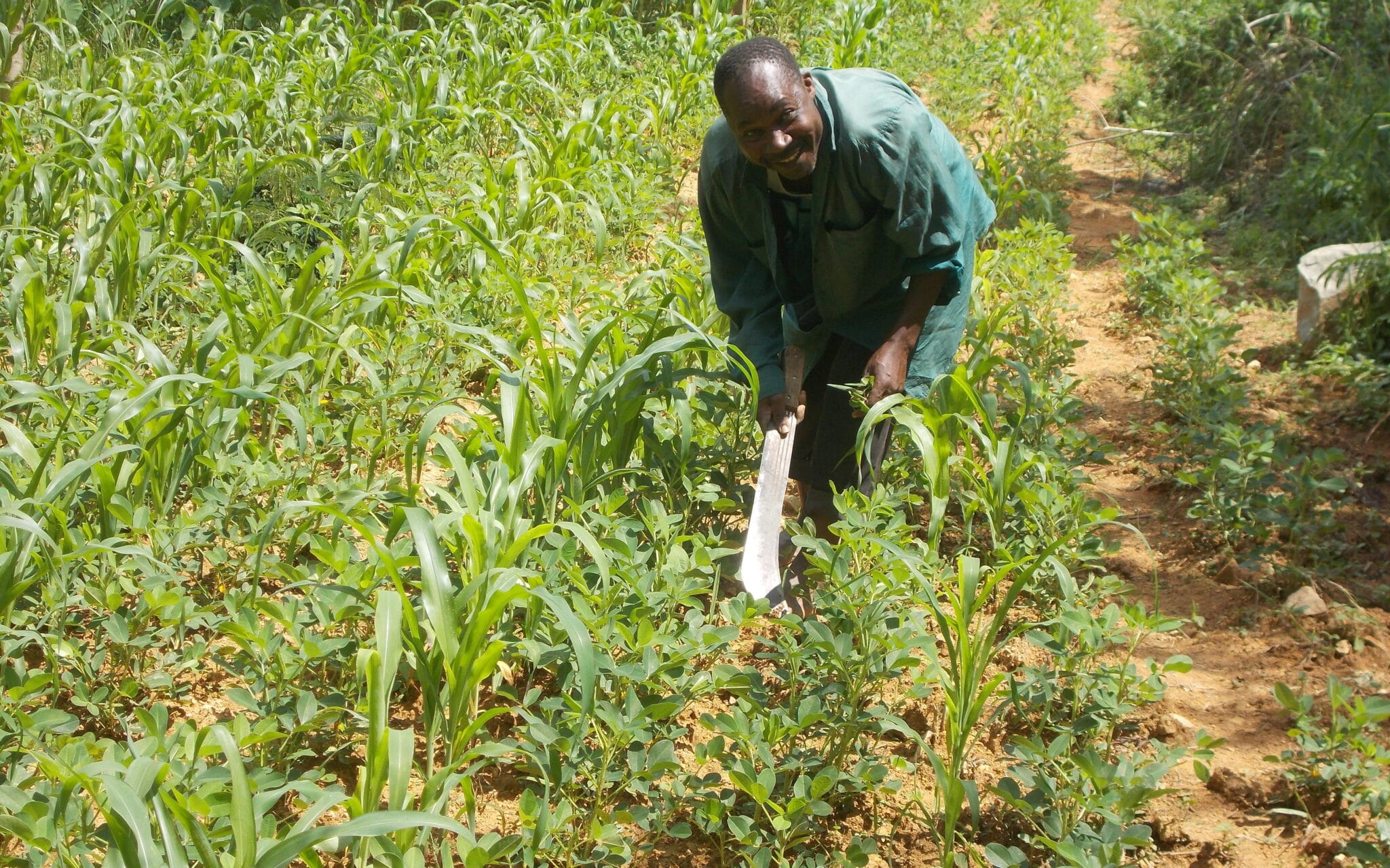
In contrast, the project areas in West Africa are dominated by other ecosystems. Mole National Park is located in North-western Ghana, and is mostly formed of open savannah forests that are important wintering area for many migratory bird species, along with various mammals such as the African Elephant, Lion, Leopard and Bohor Reedbuck.
Azagny National Park in Côte d`Ivoire can be found 100 kilometres west of Abidjan, spreading 21,850 hectares along the coast of the Gulf of Guinea. With lagoons, evergreen primary forests, dry and wet coastal savannah, wetlands and mangrove areas, the park offers around 134 plant species and rare, endangered animal species such as Forest Elephant, Chimpanzee, Pygmy Hippopotamus, West African Manatee and Royal Antelope.
In Burkina Faso’s interior lies the Sourou Valley. With a total area of 20,926 hectares, this watershed, bordering with Mali, consists of broad floodplain marshes and acacia forests. Large parts of the area are dominated by agricultural land, where only trees of economic value remain. The valley is an Important Bird & Biodiversity Area, but the natural resources are under considerable pressure.
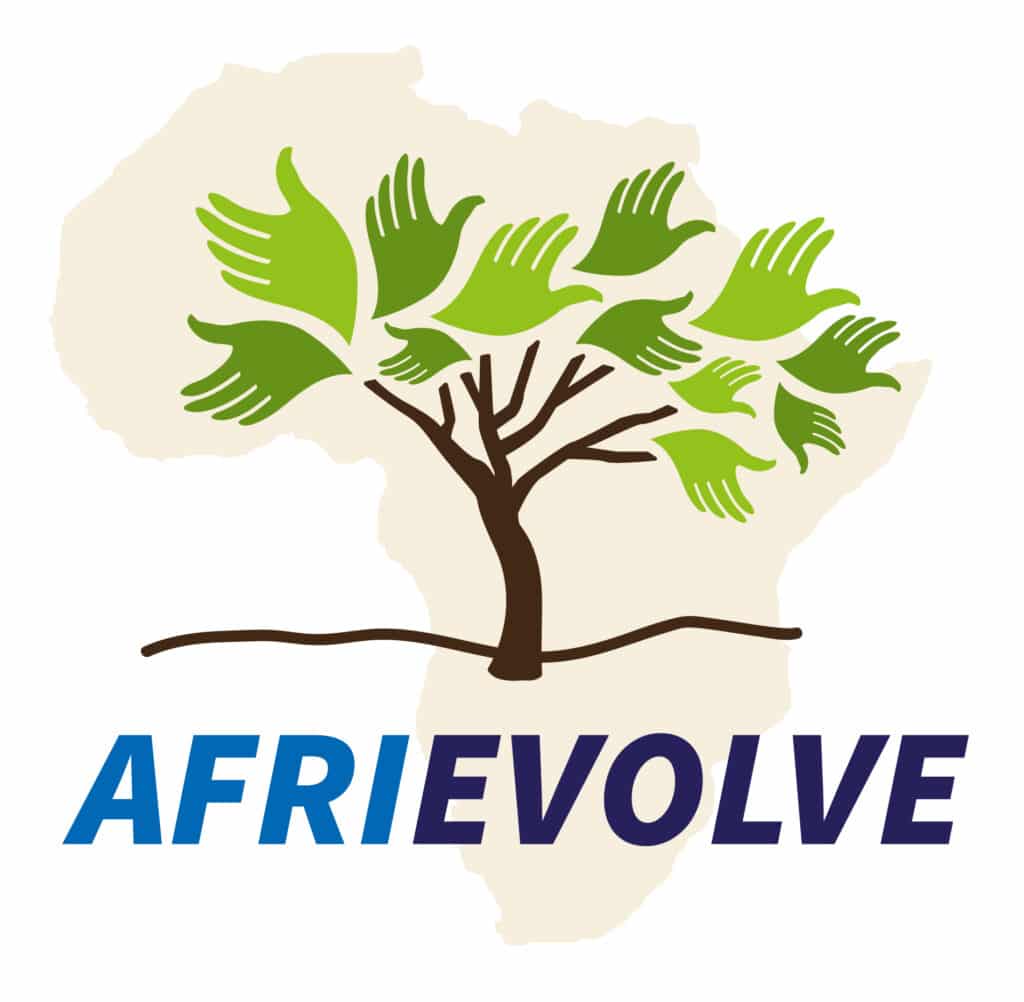
AfriEvolve is an initiative running from March 2021 to December 2023 implemented by Nature Kenya, Naturama, Nature Uganda, the Ghana Wildlife Society, Nature Tanzania and SOS Forêts. The Nature and Biodiversity Conservation Union (NABU – BirdLife in Germany) coordinates the project and cofunds it with BMZ, the German Federal Ministry for Economic Cooperation and Development. A final learning catalogue product, including all key webinars and field practices, will be developed to disseminate and scale up the experience among the BirdLife network. This article draws up a general project introduction.
In the next newsletter, we feature the work of individual African partners participating in the AfriEvolve.
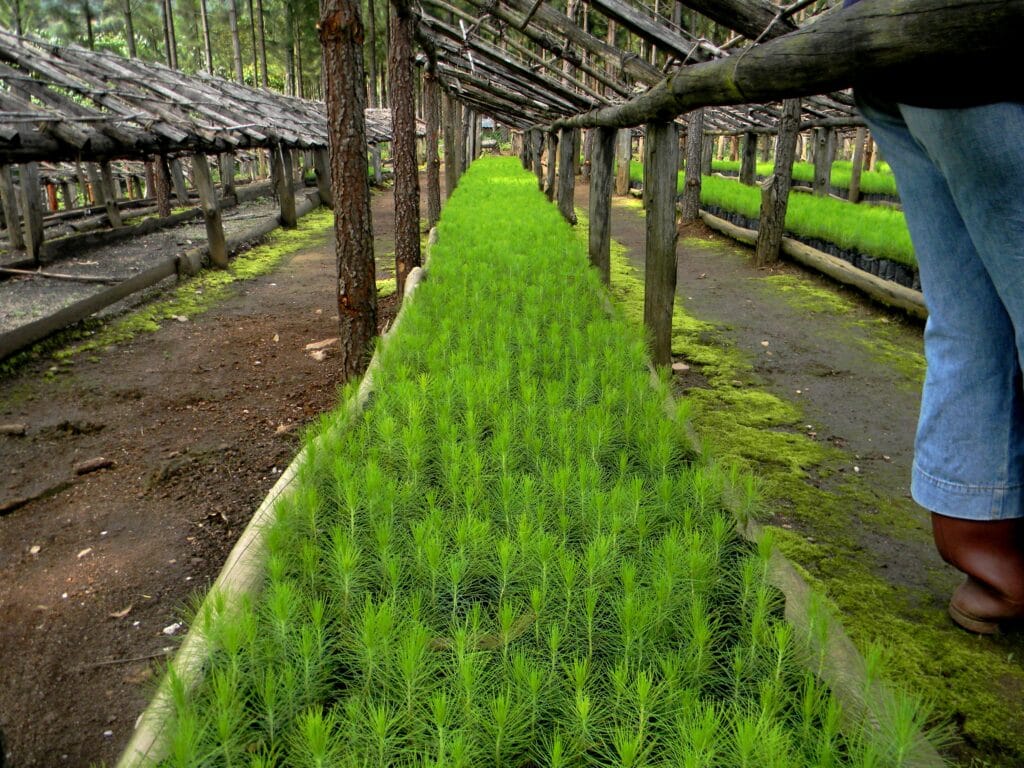
Latest news from Africa
Stay up to date
Sign up to receive the latest bird conservation news. You’ll also receive updates about our projects, science and other ways to get involved including fundraising.
Thank you for your support, we are committed to protecting your personal information and privacy. For more information on how we use your data, please see our Privacy Policy. You can unsubscribe from emails at any time by using the link in the footer of any email from us.


Many of us may still be reeling from last year’s climate change report from the Intergovernmental Panel on Climate Change (IPCC), which focused on the physical science of climate change, confirming that climate change is already widespread, rapid and intensifying. Today’s report focuses on the impacts of this upheaval, ways we can adapt to it, and areas of particular vulnerability.
The overall results are just as concerning, showing that climate change is impacting every region on earth, with irreversible changes for nature and people. It is no longer possible to deny that this catastrophe is the result of human activities. Even at the 1.1°C level of global warming we are currently experiencing, we can already see its impacts, including increasingly frequent extreme weather events such as heatwaves, droughts and flooding around the globe.
In the natural world, the report clearly shows that ecosystems and species are surpassing tipping points, with the risk of species extinctions rising sharply with increasing warming. This can be seen in BirdLife’s recent update to birds on the Red List of threatened species, where climate change was a major reason for several bird species sliding closer to extinction. A recent report from the Intergovernmental Science-Policy Platform on Biodiversity and Ecosystem Services (IPBES) also highlighted that one million animal and plant species are threatened with extinction – more than any time in human history – with climate change now the third biggest driver after habitat loss and exploitation.
Millennia-old human ways of life may also face extinction: the report finds that vulnerable Indigenous communities are under severe threat from climate change. Without action, we will continue to see more species go extinct, ecosystems collapse, and the most vulnerable people suffer.
However, we are not powerless in the face of this crisis. There is still much we can do to reduce climate change and its effects. BirdLife is well-positioned to deliver the transformative adaptation measures that the planet so desperately needs, because nature is a big part of the solution to climate change. Natural habitats such as forests, grasslands and wetlands can help us store carbon, protect communities and ecosystems from flooding and sea level rise, and regulate the temperatures of cities and other landscapes, all while providing a refuge for wildlife.
by Rhiannon Niven, Global Climate Change Policy Coordinator
Above: wetlands such as this one in Kenya absorb vast amounts of carbon every year © Marisa Estivill / Shutterstock
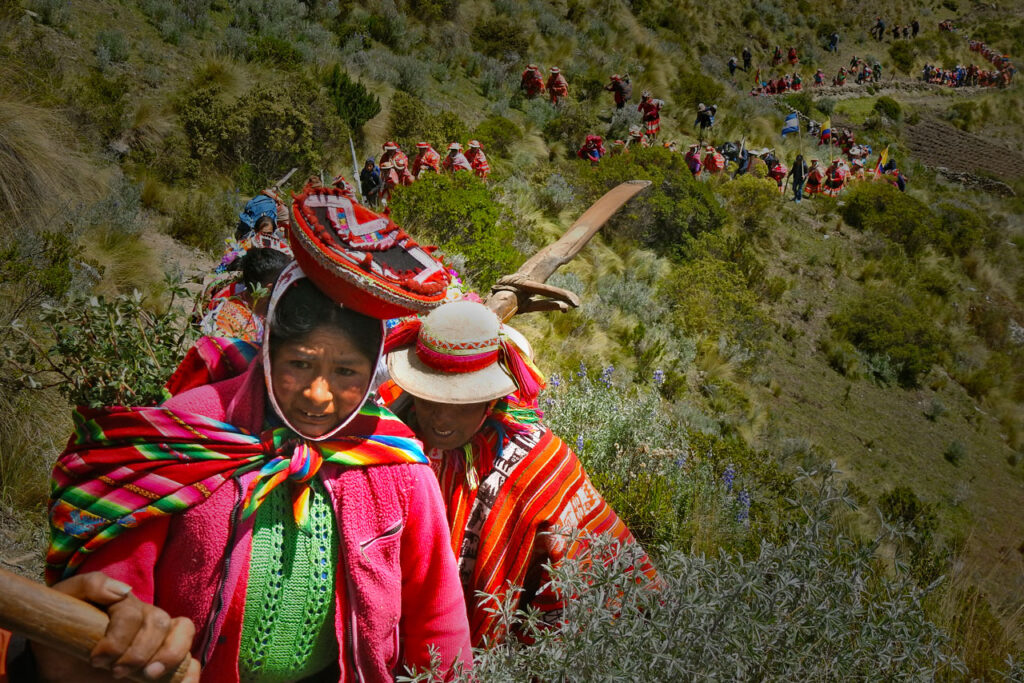
From reforestation in South America to coastal salt marsh creation in the United Kingdom and wetland restoration in Africa, BirdLife Partners are increasing their resilience to the impacts of climate change while improving biodiversity at the same time. But we must do more. We will continue to advocate for ambitious action at the international level, whilst also seeking to step up our action on the ground.
The recent United Nations climate change conference in Glasgow (also known as COP26) provided the mandate for integrated nature and climate action, and the upcoming Convention on Biological Diversity conference in Kunming (COP15) provides a crucial opportunity to build on this momentum. Here, BirdLife will be continuing to push for governments to deliver a nature-positive future that includes full recognition of the connections across different international conventions, seeing biodiversity, climate and sustainable development goals addressed together.
As we look towards the 2022 United Nations Climate Change conference (COP27) in Egypt, we will continue to advocate for increased ambition in national policies and hold governments accountable for delivering on the promised funding and action desperately needed for the most vulnerable people and ecosystems. By COP27, there must be a clear trajectory to meet the financial goals required from private and public finance in order to ensure our planet stays under 1.5 °C of global warming.
Nature may be a powerful tool in the fight against climate change, but its capacity to absorb emissions is not infinite, and is weakened by continued and increased warming. We must see rapid decarbonisation happening alongside the use of nature-based solutions, focusing on restoring and protecting nature – because the more we help our natural habitats, the more they will help us achieve an equitable, carbon-neutral, and nature-positive future.
Stay up to date
Sign up to receive the latest bird conservation news. You’ll also receive updates about our projects, science and other ways to get involved including fundraising.
Thank you for your support, we are committed to protecting your personal information and privacy. For more information on how we use your data, please see our Privacy Policy. You can unsubscribe from emails at any time by using the link in the footer of any email from us.


Madagascar is renowned for its rich and peerless fauna and flora. More than 80% of its species are found nowhere else on earth. The island has more unique species than any comparably-sized landmass. However, this country also has one of the highest deforestation rates in the world, having lost around 23% of its forest cover since 2000.
The vast majority of forest clearance takes place in order to to make way for local subsistence agriculture. This threat is further amplified by a growing rural population experiencing extreme poverty, which drives farmers to open up new croplands by felling and burning forests.
In Tsitongambarika, the practice of tavy – a traditional Malagasy farming practice that uses the ‘slash-and-burn’ method to clear forests – together with bush fires, illegal logging, hunting, and various types of harvesting, are the main pressures that threaten the survival of this irreplaceable forest.
by Elena Serra
Above: inauguration of the Development Showcase Centre by the State Representative in Manatantely © Asity Madagascar
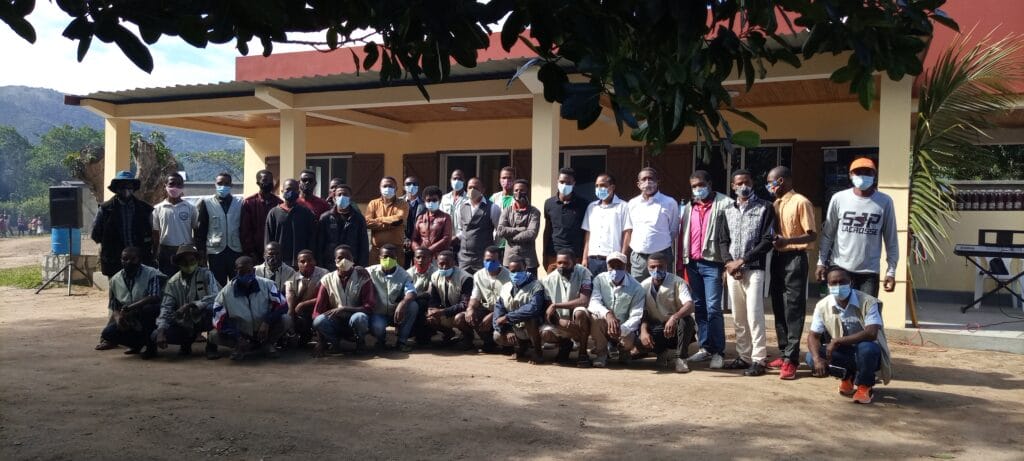
“All these pressures are linked to four factors: bad governance, bad management, lack of environmental education and, above all, the poor standard of living of the local population,” explains Andriamandranto Ravoahangy, the coordinator of the Forest Conservation Programme at Asity Madagascar.
Asity Madagascar (BirdLife Partner), together with Vohimaintso Tsara Tantana, a confederation of 55 grassroots communities surrounding Tsitongambarika, came together to co-manage the 60,000-hectare protected area. Together, they are working to reduce pressure on the natural resources of the rainforest by promoting environmentally-friendly income-generating activities for the surrounding communities.
In this region, most farmers lack the technical know-how, financial means and sometimes motivation to adopt more sustainable and efficient techniques. Furthermore, education levels are low: fewer than 50 per cent of children attend school, and some areas even lack schools altogether.
In order to preserve Tsitongambarika, it is essential to make the population aware of the importance of forest conservation and to train them in sustainable ways of using forest resources. “It is through training that we hope to see a transformation and a behaviour change,” says Ravoahangy.
To achieve this, Asity Madagascar opened a training centre in Manatantely on 11th June 2021. At the inauguration ceremony, local community members and public and private partners welcomed the creation of the centre, which was set up with the support of the Hempel Foundation, Vanguard and BirdLife International.
The centre will help improve income sources, and consequently living standards, of Tsitongambarika’s local communities through activities that contribute to the sustainable management of the forest. Further, trainees will be supported financially to start sustainable micro-projects, such as agriculture, livestock, beekeeping or fishing and fish farming, to encourage them to take up economic activities that do not harm the environment.
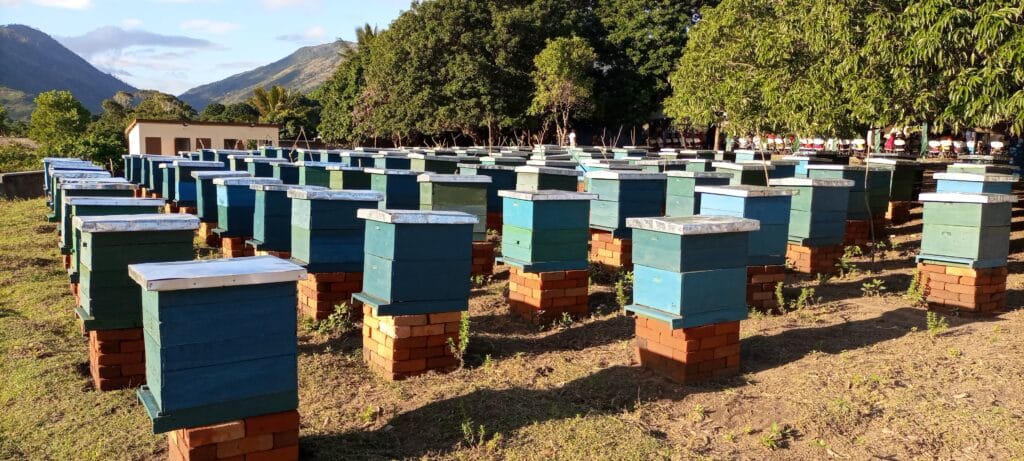
Stay up to date
Sign up to receive the latest bird conservation news. You’ll also receive updates about our projects, science and other ways to get involved including fundraising.
Thank you for your support, we are committed to protecting your personal information and privacy. For more information on how we use your data, please see our Privacy Policy. You can unsubscribe from emails at any time by using the link in the footer of any email from us.


Amid the environmental crisis, the list of threatened species and habitats around the globe appears to be endless. Unfortunately, conservationists don’t have unlimited funding and resources at their disposal, so how do they decide which locations are most deserving? This is a big question, and a lot depends on it being answered correctly, as no one wants to waste precious time and resources.
With this in mind, in 1979 BirdLife launched the concept of Important Bird Areas (IBAs) – later redefined as Important Bird and Biodiversity Areas – with the intent to identify sites that are most important for birds in order to secure their long-term conservation. To be designated as an IBA, the site must be home to at least one globally threatened species, or be one of the only sites where a particular species can be found, among other considerations.
To date, BirdLife has documented over 13,000 IBAs, on land and at sea, in over 200 countries and territories. This comprehensive list of sites makes it easier to decide where to focus conservation action and advocacy. In 2013, BirdLife expanded on this work with the launch of the IBAs in Danger initiative: a list of the most threatened IBAs around the world where action should be prioritised. As of last year, 277 sites across 48 countries are in danger, with agriculture, deforestation, fires, hunting and invasive species identified as the main threats.
The BirdLife Partnership is hard at work to protect IBAs, with activities ranging from monitoring and restoration to safeguarding and raising awareness. The concept has already resulted in legally binding protection for over 2,000 IBAs and the formation of over 4,000 Local Conservation Groups which monitor, manage and protect their IBAs. As well as protecting individual sites, we also co-ordinate the actions of multiple partners, creating a connected network of habitats for birds to move between. This is particularly vital for migratory birds, which require linked chains of safe habitat on every step of their arduous journeys.
by Danielle Shaw
Above: Marojejy National Park, Madagascar is an Important Bird & Biodiversity Area. Photo © David Gonzalez Rebollo / Shutterstock
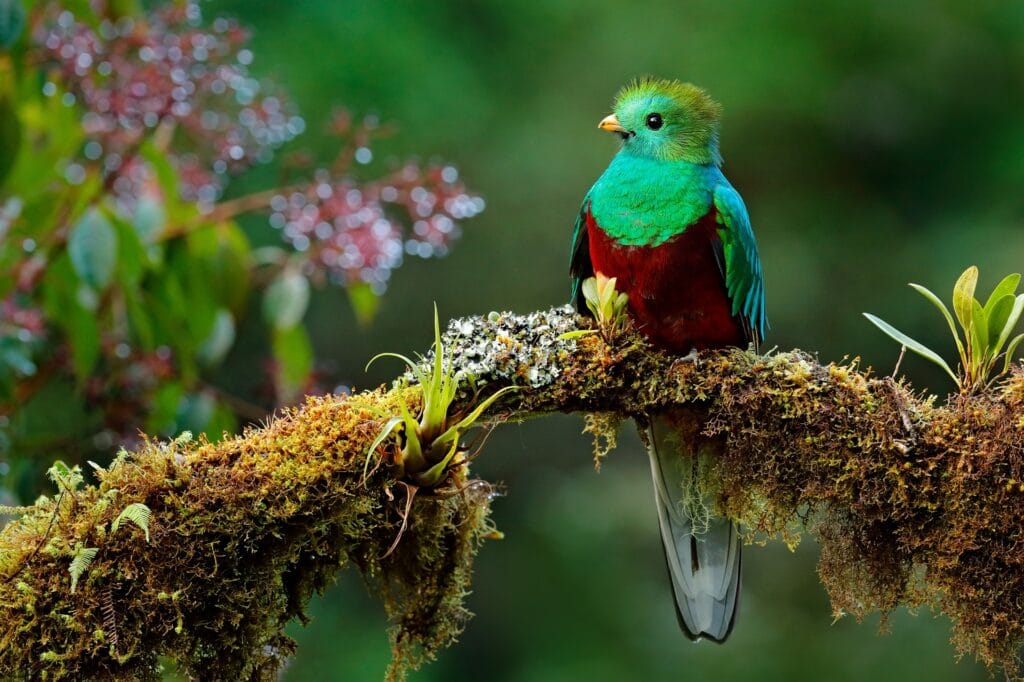
Although protecting birds and their habitats was the initial aim, this work has also benefitted other species which call these sites home, and enhanced the livelihoods of local communities. By conserving sites, local people benefit from the practical services that nature provides, such as clean water or food production, as well as the mental health and wellbeing benefits that come with beautiful natural surroundings. In addition, BirdLife offers training to local communities, improving their knowledge of nature conservation and enabling them to play a role in the running of their local IBAs.
BirdLife’s work on IBAs has been so successful in influencing governments, conservation organisations and others that it inspired another conservation designation, Key Biodiversity Areas (KBAs). KBAs extend the IBA concept beyond birds to all life on Earth. These areas can be thought of as the most important places in the world for species and their habitats, and act as a blueprint of where to focus collaborative efforts.
A Key Biodiversity Areas Partnership made up of 13 global conservation organisations, including BirdLife, is leading the effort to identify places critical for the survival of unique plants and animals. So far, there are over 16,000 KBAs, making up an area of over 21 million square kilometres in the database, managed by BirdLife and freely available, which provides the site’s location, its boundaries, and the species and biodiversity within it.
The IBA and KBA data not only ensure that conservation efforts are carried out where they can make the most impact, but also guide decision makers on how to manage land, for example where to avoid development or agricultural expansion. By continuing to identify and conserve the most important areas for wildlife around the world, we can halt and reverse the loss of nature to guarantee a better future for people and the planet.
IBA factfile: Gunung Sahendaruman, Sangihe Island, Indonesia
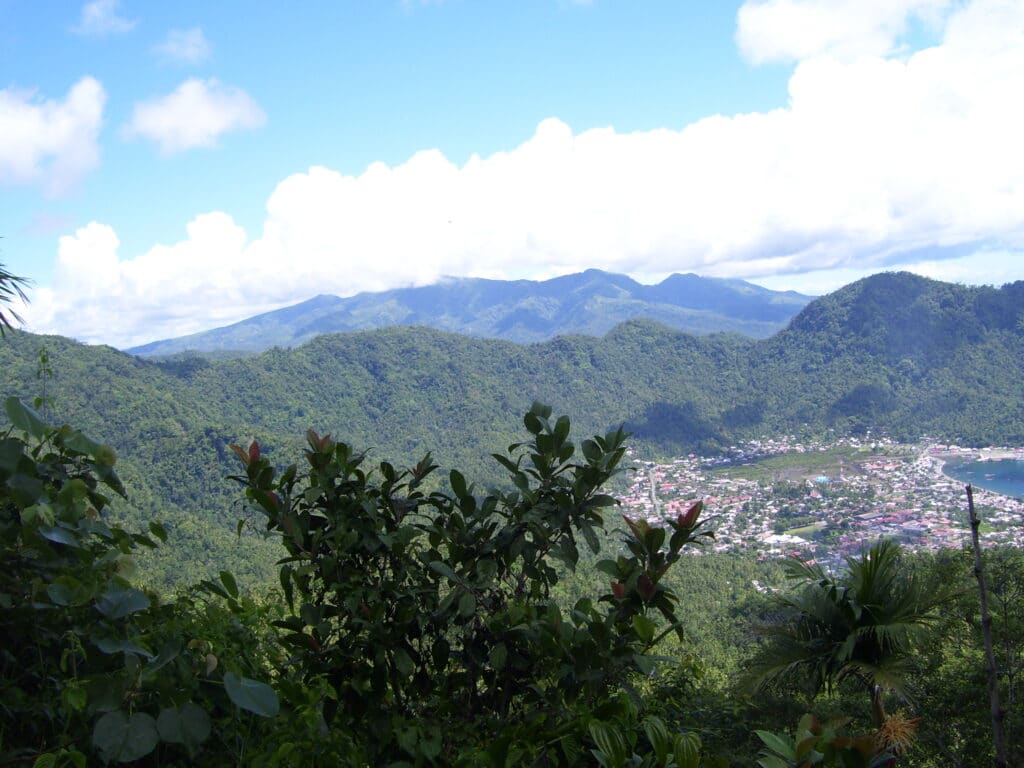
This IBA is home to four Critically Endangered endemic bird species: Sangihe Whistler, Sangihe Golden Bulbul, Sangihe White-eye and Cerulean Flycatcher, as well as many other threatened species. The area is in danger due to deforestation for agriculture, timber and the extraction of other forest products.
Burung Indonesia (BirdLife Partner) has been working in this IBA for the past 20 years. It has pioneered the development of Village Resources Management Agreements (VRMAs) in several villages. These are agreements on resource use, set up between villages and local governments to help maintain natural forest cover for the benefit of people and biodiversity. In future, with support from BirdLife’s Preventing Extinctions Programme, Burung Indonesia is expanding the VRMA network to cover additional important areas of forest, as well as identifying areas for forest regeneration.
IBA factfile: Taita Hills Forest, Kenya
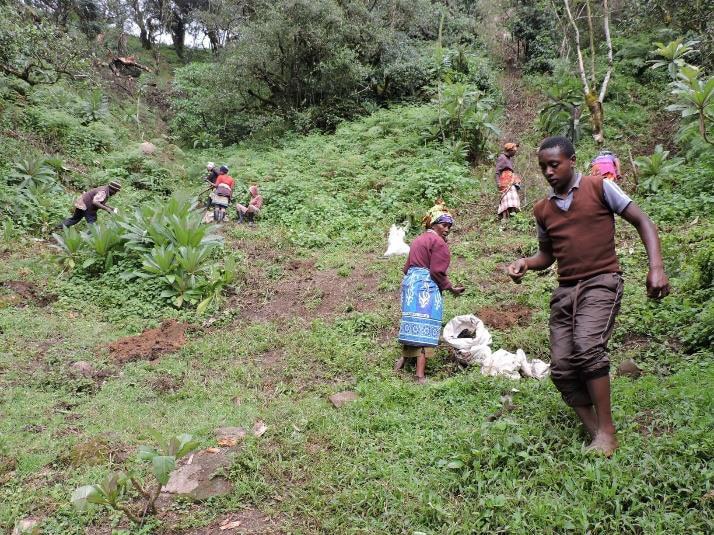
The Taita Hills are home to several globally threatened bird species found nowhere else on Earth, but the area is in danger from human activities such as fuelwood and timber extraction. Nature Kenya (BirdLife Partner), along with local communities and other conservation groups, has been at the forefront of championing the conservation of this critical site. The area of protected forest has been expanded by purchasing land to establish forest reserves, and local communities have been mobilised in forest restoration work such as tree planting. Current action plans to protect the IBA are now supported by official policy frameworks.
Stay up to date
Sign up to receive the latest bird conservation news. You’ll also receive updates about our projects, science and other ways to get involved including fundraising.
Thank you for your support, we are committed to protecting your personal information and privacy. For more information on how we use your data, please see our Privacy Policy. You can unsubscribe from emails at any time by using the link in the footer of any email from us.


Peru is home to more than 15% of the world’s bird species: an astonishing 1,861 in total, 138 of them found nowhere else on Earth. From the arid plains of the Pacific coast to the mountainous Andes and the tropical rainforests of the Amazon basin, its varied landscapes make the country a hotspot for wildlife of all kinds. BirdLife is therefore delighted to welcome a new Partner for Peru: Ecosistemas Andinos, or ECOAN for short.
Despite only joining the BirdLife family this June, ECOAN is a prominent conservation NGO in Peru with a 20-year history. Over this time, it has been working to conserve some of the country’s most threatened species through the establishment of nature reserves at Important Bird and Biodiversity Areas. It has also worked with indigenous communities to restore important high Andean forests, and raised public and political awareness of the importance of Peru’s ecosystems.
To date, its community reforestation programme has resulted in more than three million native trees being planted across Peru. As well as restoring habitat for threatened wildlife, these new forests benefit the local population by offsetting climate change, providing clean water, preventing erosion and supporting indigenous communities. To expand this project, ECOAN co-founded Acción Andina (Andean Action): the first multi-country, large-scale initiative to restore high-altitude forests across the length of the Andes. The goal is to work with local and indigenous communities to protect and restore one million hectares of this critical ecosystem over the next 25 years.
Within Peru’s borders, ECOAN has been able to protect, restore and manage more than 30,000 hectares of critical habitat so far. This has benefited a host of threatened bird species including Marvelous Spatuletail and Junin Grebe (both Endangered), as well as Royal Cinclodes (Critically Endangered). The conservation measures are also a lifeline for mammals such as Spectacled Bear (Vulnerable to extinction).
Above: Local volunteers reforesting mountain slopes as part of the Acción Andina initiative. Planting vegetation not only helps wildlife, but also safeguards against climate change, flooding and erosion © ECOAN
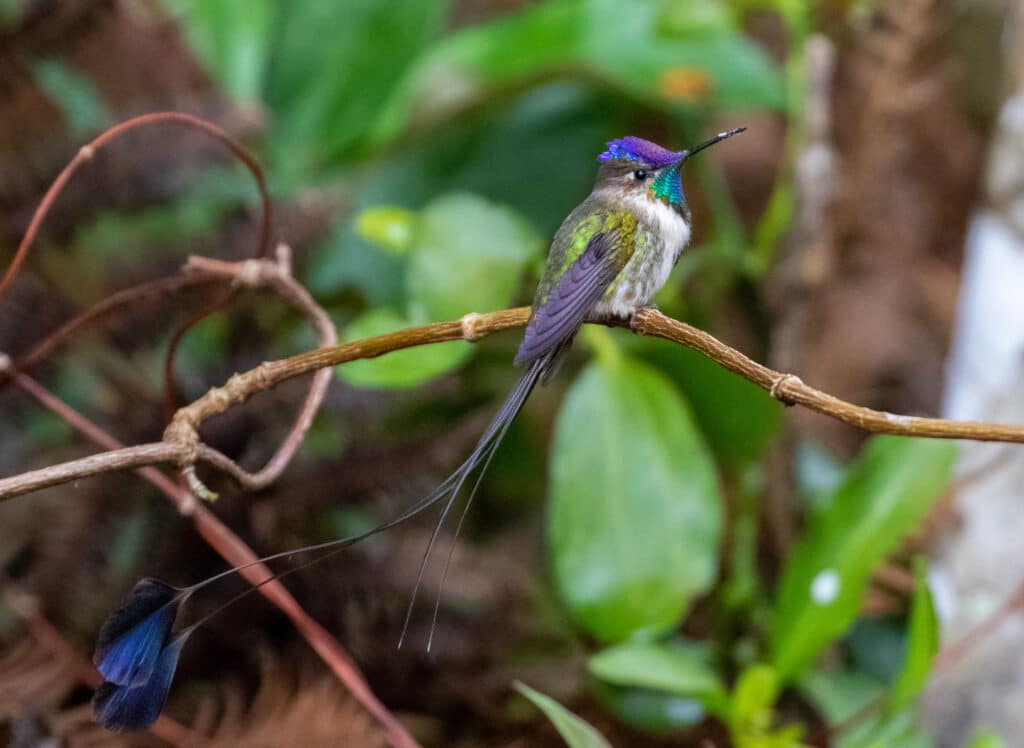
BirdLife first worked closely with ECOAN on the High Andean Wetlands conservation protect, launched in 2010. The high Andean wetlands are home to some of South America’s most threatened bird species, and are vital links in the chain of sites used by migratory birds which breed in North America. Through the project, a new protected area was created to safeguard the breeding grounds of Hooded Grebe (Critically Endangered), and other protected areas have been strengthened and extended. Thanks to the success of this collaboration, there is now much greater public, political and scientific knowledge of the importance of this vital ecosystem.
“Since 2007, when I first worked at BirdLife, there was great interest on the part of ECOAN to become a BirdLife partner,” says Itala Yepez, Head of Conservation, BirdLife Americas. “Their affinity with our goals, and their focus on bird conservation in Peru, among others, made them ideal candidates for the position.”
BirdLife has already begun collaborating with ECOAN to find financing for its work in Andean forests. But despite ECOAN’s name (Ecosistemas Andinos means ‘Andean Ecosystems’ in Spanish), its work doesn’t just cover this region. The organisation is also active in the lakes and plateaus of Junín, the rainforests and deep river gorges of Amazonas, and the incredible historical landscape of Cusco, among other locations.
Constantino Auca, Chief Executive Officer of ECOAN, looks forward to expanding the reach of the organisation as part of the BirdLife Partnership: “In the last 21 years, ECOAN has grown and shown really important impacts on a large scale in Peru. ECOAN wishes to remain efficient and scale up its conservation actions. Now being a BirdLife Partner, we feel we are being given a great opportunity to join forces with other organisations in the region and at the global level for the conservation of birds and biodiversity, fulfilling our institutional mission.”
”In the last 20 years, ECOAN has grown and shown really important impacts… now we are being given a great opportunity to join forces.”Itala Yepez, Head of Conservation, BirdLife Americas
Stay up to date
Sign up to receive the latest bird conservation news. You’ll also receive updates about our projects, science and other ways to get involved including fundraising.
Thank you for your support, we are committed to protecting your personal information and privacy. For more information on how we use your data, please see our Privacy Policy. You can unsubscribe from emails at any time by using the link in the footer of any email from us.


The known history of the Hooded Grebe starts in 1974 when, almost by accident, renowned Argentinian naturalist Mauricio Rumboll discovered it at Los Escarchados Lake in the south-west corner of Santa Cruz Province, Patagonia. Rumboll found the new species to be one of the most colourful and striking grebes in the world, with a spectacular courtship display to rival that of its more famous cousin, Great Crested Grebe. Today, Hooded Grebe has become a symbol for conservation in Patagonia thanks to the hard work of dozens of researchers and conservationists, along with several institutions.
When it was first discovered, numerous studies were launched, and by the end of the 1980s its breeding range was well known and its population estimated to be between 3,000 and 5,000 fertile adults – not bad for a species that, only a few years earlier, had been described as doomed to a ‘natural’ extinction. Based on the knowledge generated during that period, by the beginning of the 1990s it was categorised as Near Threatened on the IUCN Red List. In 1997, an IUCN report concluded: “No major actions need to be taken to protect the Hooded Grebe, as its remote and hostile environment naturally protects it, and there is no risk of humans reaching the area to harm it.”
Decline and fall
Sadly, human impact reached farther than expected. During the early 2000s, concerns about the species started to increase. Naturalists and birders had more and more trouble finding it, both at its breeding and wintering sites. In 2003, the first potentially negative factor affecting its habitat was detected: trout production in its breeding lakes at Strobel Plateau. In 2009, local conservation groups Aves Argentinas and Ambiente Sur started to turn their focus towards the grebe. In 2011 they created the Hooded Grebe Project with the support of the National Science and Technology Council, the Neotropical Bird Club and BirdLife International.
Since 2010, the Hooded Grebe Project has been tirelessly monitoring the species, making records of its distribution, population trends and threats. The most shocking result is that the species’ population currently numbers just 750 breeding adults – an 80% plummet since the 1980s. Many questions arise, but the most important one is: what caused such a massive population collapse in only a few decades?
One of the greatest threats is something that affects all of the planet’s biodiversity, along with humanity itself: climate change. Its impacts can be seen in the incredibly fast reduction in the number of lakes available for the grebes to breed in. Aided and abetted by climate change, three invasive species have also arrived in Hooded Grebe habitat, each one directly impacting the grebe at a different point in its life cycle.
By Kini Roesler, Co-ordinator of the Patagonia Programme, Aves Argentinas
Above: in 2017, a video of Hooded Grebe’s otherworldly courtship display went viral on social media, raising awareness and funds. Photo © Ignazi Gonzalo
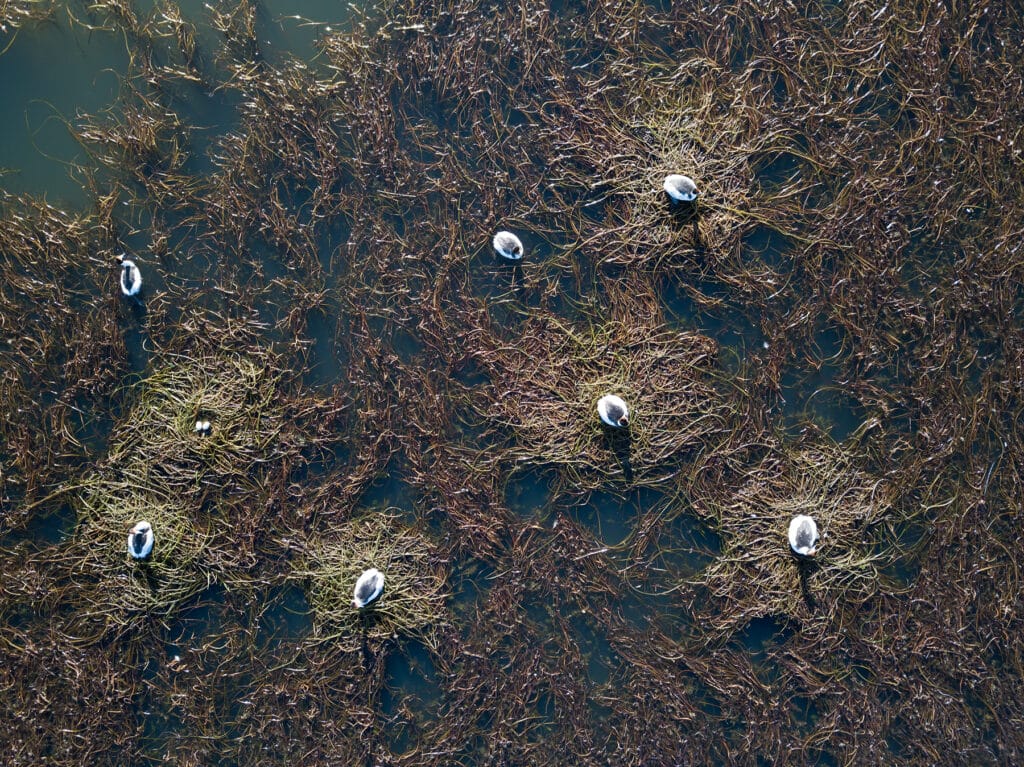
Freshwater fish such as salmon and trout are a major draw for recreational fishers, and generate significant tourism revenue for the local community. This isn’t necessarily a problem, as recreational fishers are mostly on the lookout for large lakes and rivers, where Hooded Grebe does not breed. Unfortunately, due to a combination of bad management and lack of knowledge, these fish have also been stocked into smaller lakes of huge importance to the grebes.
Rainbow trout, the most common intruder, has an enormous impact at the environmental level. This fish changes the entire food chain, eating up freshwater invertebrates that the grebe usually feeds on, and probably affecting water conditions, preventing the growth of Milfoil. This is the only aquatic plant in these lakes, and is an essential material for the Hooded Grebe to build its floating nests.
Although native to Patagonia, Kelp Gull has only recently arrived at the highland plateaus, enabled by debris left behind by human activity, such as animal carcasses, landfill sites and discards from fisheries. This is why it is considered to be ‘neo-native’, or a native invasive species. But while its invasive status is nuanced, its impact is concrete: it preys on colonies during the egg-laying phase, a critical moment in the life cycle of any species. A single gull has been recorded destroying a colony of 30+ nests in less than 45 minutes, devouring dozens of eggs and chicks in a single gluttonous session.
Unwelcome guest
The final, but perhaps most acute, of all threats is American Mink. Mink are an invasive species brought in from North America in the early 20th century for fur production, in an attempt to boost Patagonia’s economic development. This predator can attack grebes at any stage in their life cycle, even as adults. This represents a huge problem, since Hooded Grebe has a ‘live slow, die old’ evolutionary strategy. Adults produce young slowly over a long stretch of years, usually raising just one chick at a time, and sometimes skipping years altogether when conditions are not perfect. As a result, losing a single fertile adult has a devastating impact on future numbers.
To make matters worse, in its natural environment Hooded Grebe’s only predators are birds of prey such as Peregrine Falcon and Cinereous Harrier. It has never before encountered swimming mammal predators, and therefore has no instinct to avoid mink. We have registered several cases in which more than 20 individuals were attacked by just one mink. Our most tragic record is 33 individuals killed in just one night, in an area which is now part of Patagonia National Park.
Since 2012, the Hooded Grebe Project has been taking action to tackle all of these threats. Highlights include controlling American Mink and gulls at key colonies, removing trout from important breeding lakes, and trials with windbreaks and artificial nesting platforms to reduce the impact of strong winds. As an insurance measure, we have also started to implement a captive rearing program to recover eggs that have been abandoned by their parents or left behind after a colony has been destroyed. Hooded Grebe parents tend to lay two eggs, but ignore one of them when the first chick hatches, meaning there is a ready supply of ‘spare’ eggs. Releasing captive-reared fledglings is very much a last resort, but they may be useful for strengthening wild populations once the main threats have been addressed.
Encouragingly, the loss of adults – one of the most worrying factors – has been substantially reduced and we have even managed to increase the colonies’ reproductive success, almost doubling it, thanks to the hard work of ‘Colony Guardians’ – trained technicians who watch over the nests and intervene in the event of mink and gull attacks. This has not only stabilised the overall population, but slightly increased it. However, in conservation, the rule is always to stay alert: for three years from 2018–2020, there were no breeding events whatsoever due to changes in climate conditions, which prevented the blooming of milfoil and blew away any nests that the grebes did attempt to make.
“Our most tragic record is 33 Hooded Grebes killed by American Mink in one night.”Kini Roesler, Co-ordinator of the Patagonia Programme, Aves Argentinas
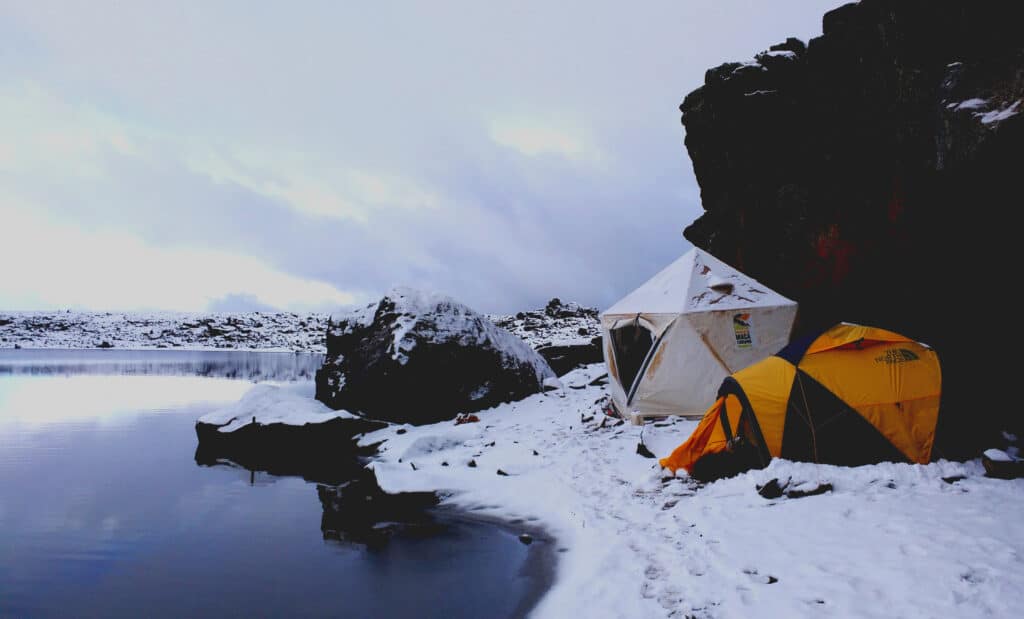
Fortunately, in 2021 the team installed 20 floating platforms at a key breeding lake, Estancia Lago Strobel. These platforms are anchored to the bottom of the lakes to avoid them being carried away by the wind and have been covered with natural milfoil for grebes to build their nests on. Grebes quickly accepted the platforms and started behaving as they would in a natural breeding colony: climbing on to the platforms, courting around them, mating and adding further milfoil to them. All these busy activities give hope that we will soon to see grebes laying and incubating eggs on these artificial platforms.
Elsewhere, the adult population is stable and simply waiting for better weather conditions to raise its young. This makes it even more important to carry on removing invasive species, so that the habitat is as perfect as possible when the birds decide to breed again.
The show must go on
The future of Hooded Grebe is full of new challenges, some of them bigger than ever. A pair of giant hydroelectric dams currently under construction on the Santa Cruz River presents an unknown threat, as their impact on the species and its winter habitat has not yet been discovered. This is why are we are currently analysing potential risks and how they could be tackled.
Nonetheless, conservation efforts certainly seem to be having positive impacts on Hooded Grebe’s populations, so this is no time to give up the fight. Now that we are beginning to make an impact, we need to forge on harder than ever.
But something even more positive has resulted from this project. Even though the species is not yet as famous as the Giant Panda, its image has become well known and today – locally, regionally and internationally – it is a flagship species for the conservation of Patagonia’s biodiversity. In this way, it works as an umbrella species: by protecting Hooded Grebe habitat, we also protect the homes of other threatened or declining species such as Austral Rail (Vulnerable) or Torrent Duck, and even mammals such as Wolffsohn´s Vizcacha – a rabbit-like rodent in the chinchilla family – or Southern River Otter.
Hooded Grebe is also responsible for the creation of Patagonia National Park and the establishment of the Juan Mazar Barnett Biological Station. In this way, this resplendent bird has become the true guardian of Patagonia’s steppes.
Stay up to date
Sign up to receive the latest bird conservation news. You’ll also receive updates about our projects, science and other ways to get involved including fundraising.
Thank you for your support, we are committed to protecting your personal information and privacy. For more information on how we use your data, please see our Privacy Policy. You can unsubscribe from emails at any time by using the link in the footer of any email from us.


A prized collaboration by the artist Tawaraya Sōtatsu and calligrapher Hon’ami Kōetsu, Anthology with Cranes, is held in the Kyoto Museum of Art. A scroll, the work is almost 14 m in length, and the cranes – beautifully rendered in gold and silver – stand and fly, alone and in flocks. Dating from the 17th century, the piece is revered as a celebration of Sōtatsu and Kōetsu’s friendship, and because of the core role cranes play in Japanese and wider Asian culture. With simple elegant lines Sōtatsu fills the space with the effervescent energy cranes always seem to express.
Taken more than 400 years later, David Tipling’s wonderful image of Red-crowned Cranes Grus japonensis dancing and bugling, their breath catching the sun and condensing in the chill air of Hokkaido island, captures an ageless scene. Only the sound is missing, of course, though listening to recordings on the Xeno-canto website allow a sense of how the sight, calls and movements of these remarkable birds has flooded people’s imaginations for as long as we have shared common ground.
Although Red-crowned Cranes remain Vulnerable to extinction, the story of their recovery on Hokkaido and the development of the marshes at Kushiro as a national park has been a major success. Fewer than 20 resident birds were present in the 1920s, but numbers have now grown to an average annual population of over 1,500. The Wild Bird Society of Japan (BirdLife Partner) has played a key role in supporting action for the cranes and opened a visitor centre at the Tsurui-Ito Tancho Sanctuary in 1987 – an Important Bird & Biodiversity Area and popular site with ecotourists. The close interweave of natural and cultural values in Japan has played a key role in creating momentum.
Above: An extract from Anthology with Cranes, 17th century, by painter Tawaraya Sōtatsu and calligrapher Hon’ami Kōetsu
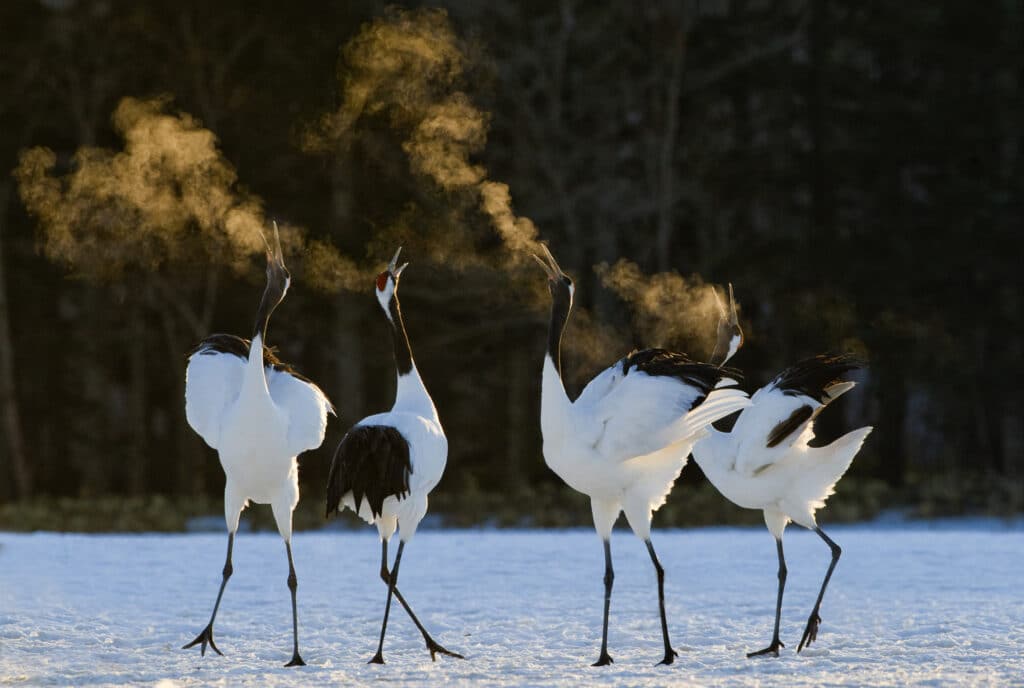
Few of us who have held paper have not, at some stage, folded a bird, or some bird-form, a pair of wings, and flown them, literally, or with arms whirling to create the magic of flight. Cranes are core to origami, and the tradition of folding a 1,000, or senzaburu, dates back to a Confucian belief that they could live to be 1,000 years old. To fold so many is to conjure up the long-standing association between these remarkable birds, longevity, happiness and good fortune.
Cranes are also closely associated with peace in Japan. In 1955, a schoolgirl named Sadako Sasaki, who had miraculously survived the atomic bomb which had devasted Hiroshima a decade earlier, fell ill with leukaemia. When a school friend visited her hospital bed bearing a gift of origami paper, she also told Sadako of senzaburu and its association with good fortune. Determined to recover, Sadako began to fold cranes, and reputedly reached 644 before succumbing to the relentless radiation cancer.
Her story soon spread, and schoolchildren from all around Japan and overseas gave money to build a monument in her memory at the Hiroshima Peace Park. A small bell hangs there, donated by the first Japanese Nobel Laureate, Hideki Yukawa. People still hang paper cranes below the bell, both to celebrate Sadako’s life, and the enduring association between cranes and peace.

Stay up to date
Sign up to receive the latest bird conservation news. You’ll also receive updates about our projects, science and other ways to get involved including fundraising.
Thank you for your support, we are committed to protecting your personal information and privacy. For more information on how we use your data, please see our Privacy Policy. You can unsubscribe from emails at any time by using the link in the footer of any email from us.


Colombia, Paraguay, Brasil y Argentina potenciarán la protección y restauración de sus pastizales naturales gracias al aporte financiero de BirdLife Américas.
Los Pastizales naturales del América del Sur son un bioma imponente compuesto principalmente por un manto ondulado de vegetación herbácea. Conocidos también como llanuras, llanos o pampas, los pastizales proveen servicios ecosistémicos esenciales para la vida como: la purificación y recarga de fuentes de agua, provisionamiento de fibras, alimentos y combustibles, almacenamiento de carbono, y regulación del clima. Además, son el hogar de una exuberante variedad de vida silvestre y cuentan con una gran riqueza cultural, espiritual y recreativa.
Más de 600 aves autóctonas y miles de aves migratorias dependen de este frágil y amenazado ecosistema. Desafortunadamente, la intensificación y expansión de prácticas humanas mal-manejadas como: la agricultura, la ganadería, el desarrollo urbano y el uso indiscriminado del fuego han mermado drásticamente su extensión y salud.
Para afrontar esta problemática, en 2006 BirdLife lideró la conformación de la Alianza del Pastizal con el apoyo de sus socios: Aves Argentinas, SAVE Brasil, Guyra Paraguay y Aves Uruguay. Desde entonces, más de 560 mil hectáreas de pastizales del Cono Sur se encuentran manejadas con prácticas de pastoreo responsables que combinan su conservación con la producción sostenible. A la par, en Colombia, la Asociación Calidris en asociación con otras 12 organizaciones conforman la Alianza Sabana, quienes se enfocan en la implementación de soluciones innovadoras de conservación para los Llanos colombianos.
A pesar de los grandes logros alcanzados hasta el momento, todavía existen varios desafíos por afrontar. Precisamente, para potenciar las acciones de conservación y restauración de este ecosistema, BirdLife Américas lanzó a inicios de noviembre de 2021 un Programa de Pequeñas Donaciones para la Conservación de Pastizales Naturales. Se trata de fondos semilla para incentivar proyectos de conservación y/o investigación que contribuyan durante un año a la conservación de los pastizales naturales en la región y las aves terrestres, playeras y acuáticas asociadas a éstos.
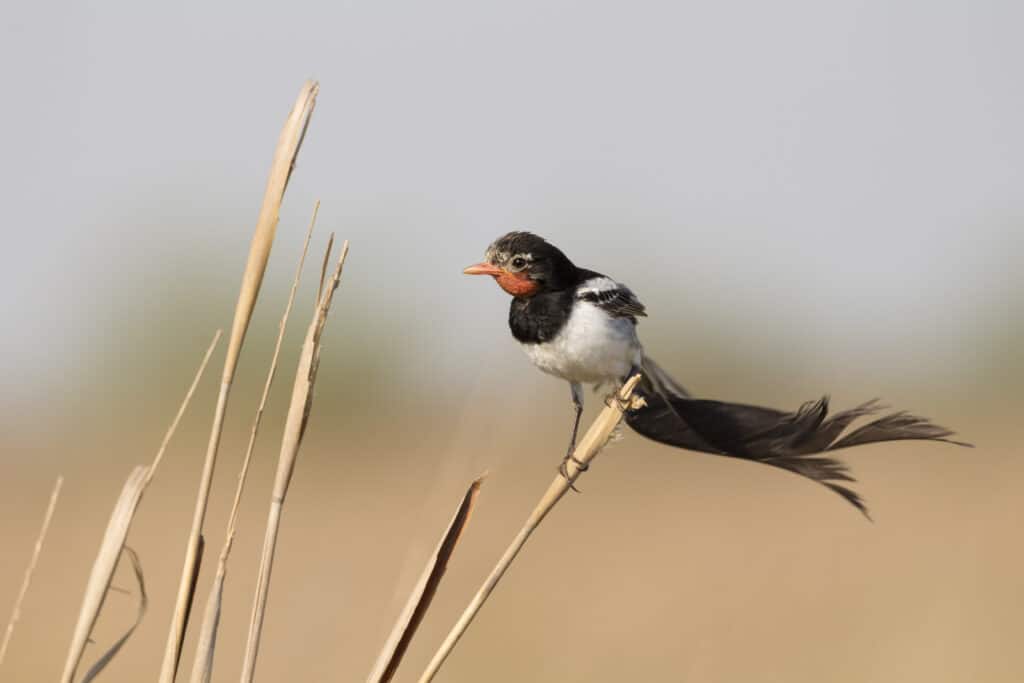
El Programa de Pequeñas Donaciones para la Conservación de Pastizales Naturales es una iniciativa de BirdLife Américas que otorga fondos semilla para incentivar proyectos de conservación y/o investigación en la región que contribuyan a la preservación de estos ecosistemas y sus aves.
Conoce a los seis proyectos ganadores
La miel de la biodiversidad: identidad gastronómica para la conservación de las sabanas inundables
Con el respaldo de: Asociación Calidris
Equipo técnico: Ocampos Andrea Barrera, Nelsy Niño, Beatriz Ramírez, Marcela Vega, Natalia Roa.
Con un enfoque participativo y de género, este proyecto potenciará la conservación de las sabanas inundables de Colombia, en Reservas de la Vereda Altagracia (un Área Importante para la Conservación de las Aves – IBAs, por sus siglas en ingles). La idea es empoderar y educar a una comunidad de mujeres para que aprovechen, de forma sostenible, su entorno y biodiversidad en su gastronomía. El proyecto abarca estrategias de conservación y restauración para garantizar el alimento, los materiales y el espacio de anidación necesarios para la abeja mansita (Melipona favosa), la tecnificación para producir miel de forma eficiente y limpia, la difusión del valor agradado de este producto y la integración con la red de productores de meliponicultores de Casanare. De esta forma, se pretende contribuir la soberanía alimentaria, la resiliencia frente al cambio climático y conservación de la vida silvestre asociada a estos llanos.
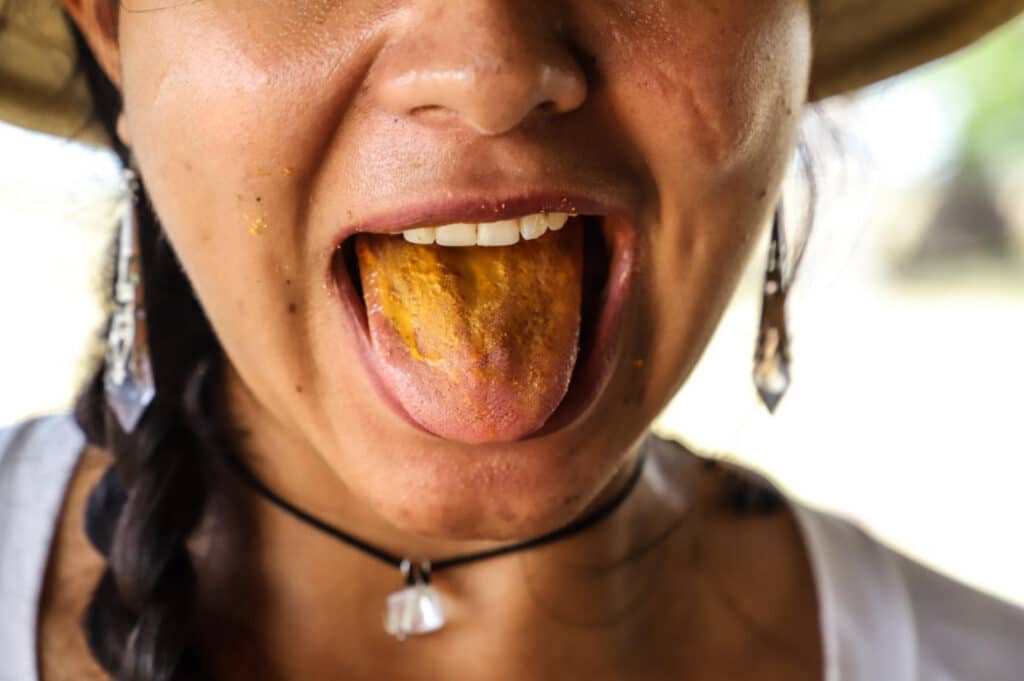
Estudio de la dinámica de carbono en diferentes sitios ecológicos y tipos de manejo en establecimientos ganaderos en pastizales naturales de Paraguay
Con el respaldo de: Guyra Paraguay
Equipo técnico: Diego Ocampos
Se investigará varios aspectos relacionados con la dinámica de carbono en el suelo y las plantas. Se estimará la captación de carbono, composición botánica y caracterización de nutrientes en pastizales naturales de acuerdo con variables de conservación de biodiversidad y suelos, así como las características ecosistémicas presentes en establecimientos ganaderos y los tipos de pastoreo realizados. De esta forma, se identificarán buenas prácticas de manejo pastoril que permitan contribuir con evidencia científica a la protección y producción sustentable en pastizales como una estrategia de conservación de la biodiversidad y mitigación frente al cambio climático. Esta iniciativa se desarrollará en al menos tres establecimientos ganaderos ubicados en los departamentos de Caazapá y Paraguari; que basan su producción en pastizales naturales.
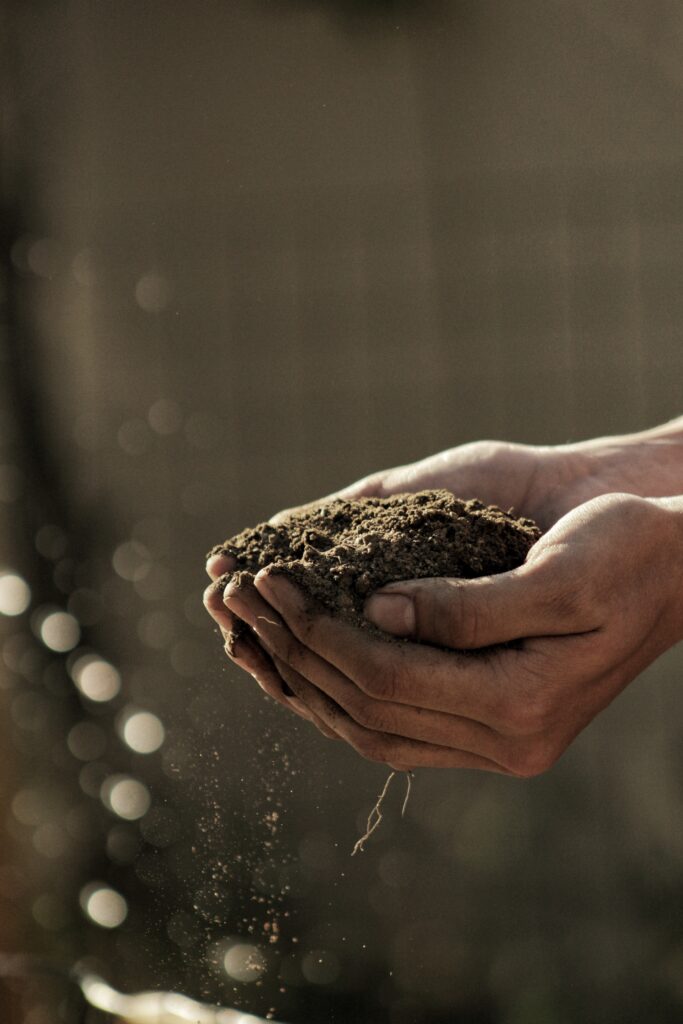
Optimización de la restauración ecológica de campos en Pampa con recolección mecanizada de semillas de especies nativas
Con el respaldo de: SAVE Brasil
Equipo técnico: Rodrigo Dutra da Silva, Sandra Cristina Müller.
A partir de una referencia existente en el mercado, se construirá una maquina recolectora de semillas maduras por contacto, práctica, liviana y accesible, que permitirá fortalecer la capacidad y conocimiento para realizar acciones de restauración ecológica en los campos nativos de la Pampa brasileña. A través de este proyecto piloto, se buscará solucionar la falta de semillas de especies herbáceas nativas para la siembra directa en territorio que existe actualmente en el mercado; lo cual constituye un gran problema en la cadena productiva entre la cosecha y la siembra. Además, gracias a la cosecha mecanizada, se pretende potenciar y optimizar las intervenciones a gran escala para recuperar extensas áreas degradadas. Cerca de 95 especies de aves silvestres dependen de la conservación de estos pastizales Sulinos.
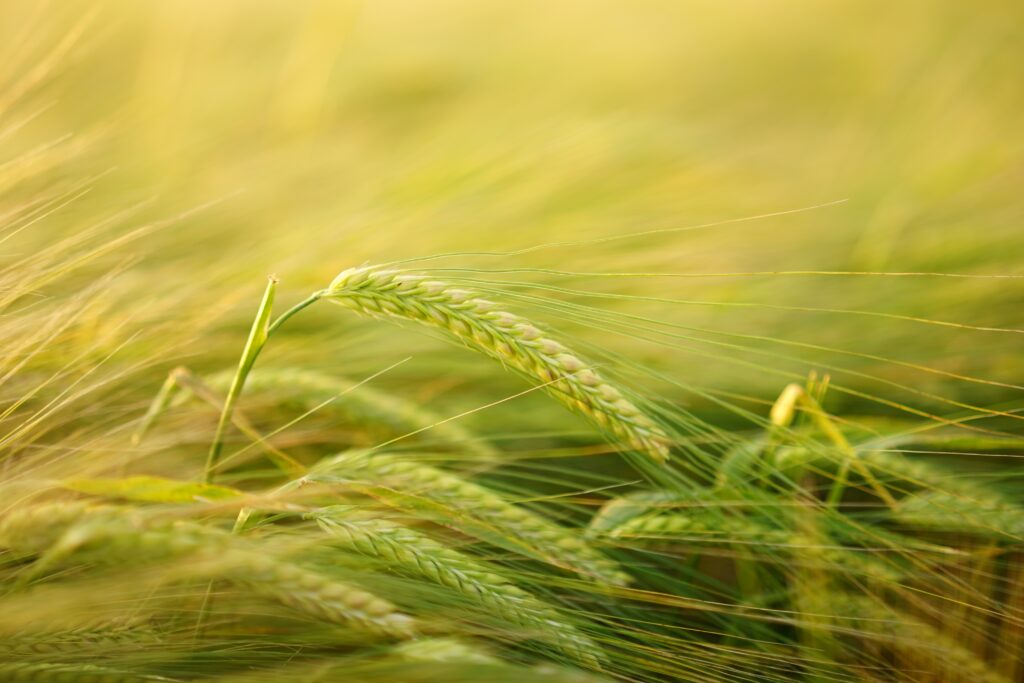
Uso de nuevas tecnologías para el monitoreo de buenas prácticas de manejo de pastizales y conservación de aves de pastizal amenazadas en la provincia de Corrientes, Argentina
Con el respaldo de: Aves Argentinas
Equipo técnico: Adrián Di Giacomo, Melanie Browne, Florencia Pucheta, Yamila Barasch.
Este proyecto diseñará una herramienta de programación que combina sensores remotos con el conocimiento sobre la biología de aves amenazadas para evaluar si en los campos con pastizales se aplican o no buenas prácticas para la conservación de aves. Es decir, un instrumento de gestión para el monitoreo de impacto, análisis de datos y la toma de decisiones basado en la plataforma Google Earth Engine (GEE). Se prevé la capacitación de actores locales para que puedan utilizar esta herramienta en la gestión adecuada de su territorio.

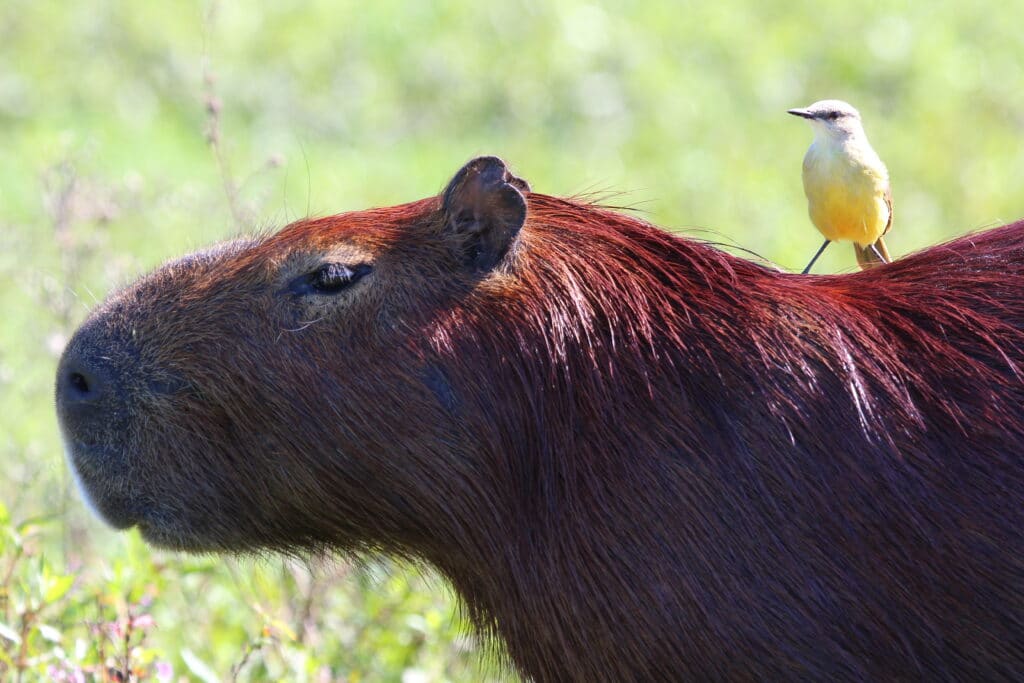
Uso de Conservación y manejo de la Loica Pampeana
(LLeistes defilippii)
Con el respaldo de: Aves Argentinas
Equipo técnico: Candelaria Neyra, Igor Berkunsky, Clara Trofino, Gerónimo Peralta Martínez, Pablo Grilli, M. Gimena Pizzarello.
Consiste en la generación de un programa de conservación a largo plazo para evitar la extinción de la Loica Pampeana (Leistes defilippii); una de las dos especies más amenazadas en los pastizales de Argentina. Para ello, se realizarán monitoreos bióticos y se establecerán redes locales conformadas por productores ganaderos, académicos, gestores ambientales y naturalistas, con quienes se promoverá un sistema participativo de generación y uso de la información a través de plataformas de ciencia ciudadana.
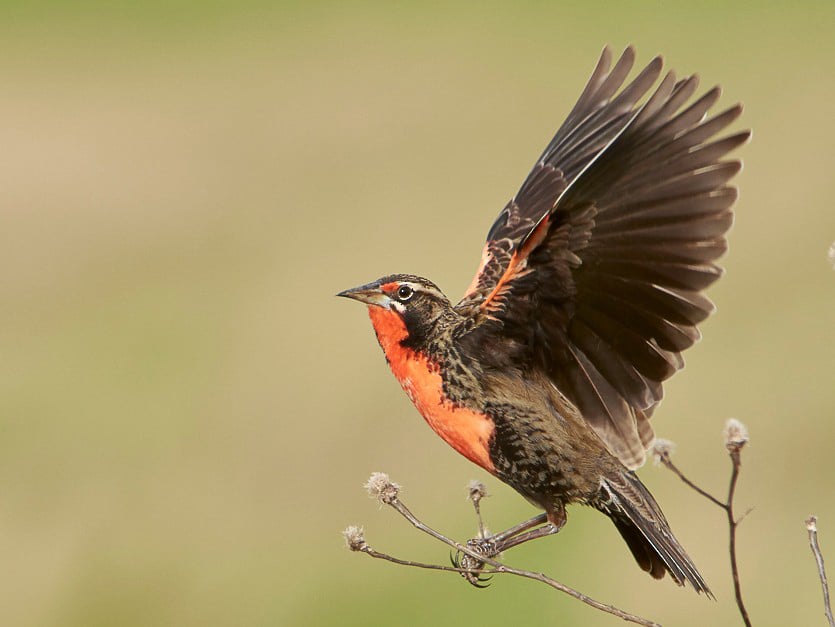
Manejo con remoción de invasoras y pastoreo para restauración de pastizales serranos de la región Pampas de Argentina invadidos por Acacia melanoxilon: diversidad de aves y stocks de C como indicadores de la recuperación
Con el respaldo de: Aves Argentinas
Equipo técnico: Juan Pablo Isacch, Esteban González-Zugasti, Facundo Pedraz, Paulina Martinetto, Augusto Cardoni, Gastón Morán, Pamela Rivadeneira, Tomás O’Connor, Stella Román y Sofía Martin-Sirito.
A través de esta propuesta, se busca valorar cómo se recupera el pastizal natural serrano, luego de la remoción de la Acacia negra (una especie exótica e invasiva) y la implementación de un manejo agro-pastoril adecuado. Los investigadores involucrados monitorearán constantemente cómo varia la diversidad de aves, los stocks y dinámica de carbono, así como la aparición de Acacia negra y pastizal nativo, como indicadores de cambio en el sitio de estudio: la Estancia Paititi, Sistema Serrano de Tandilia. Finalmente, también se evaluará la viabilidad de diferentes opciones que otorguen una sostenibilidad económica a la remoción de la acacia.
